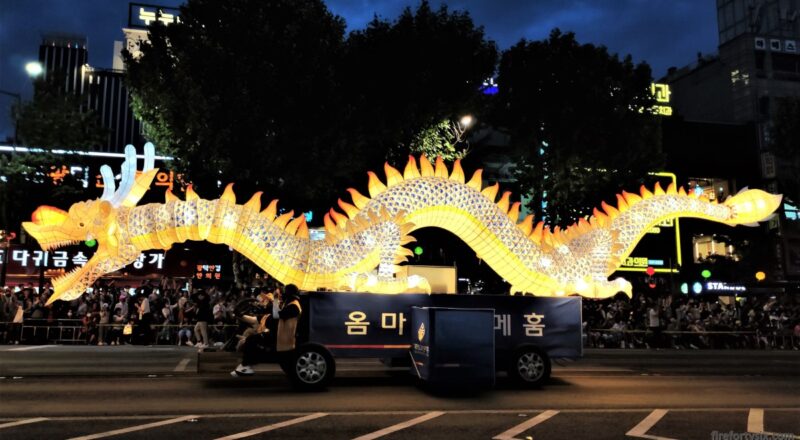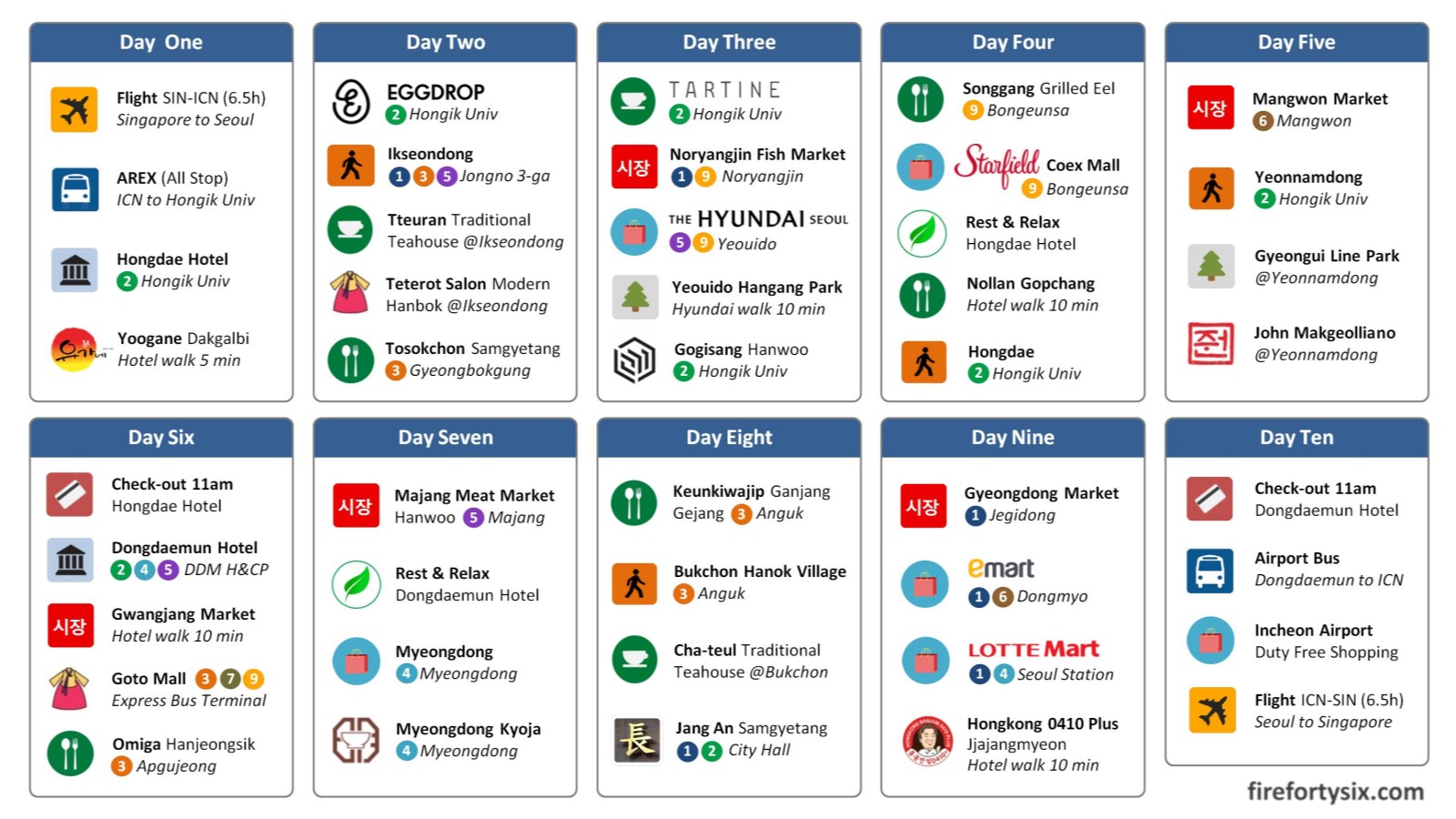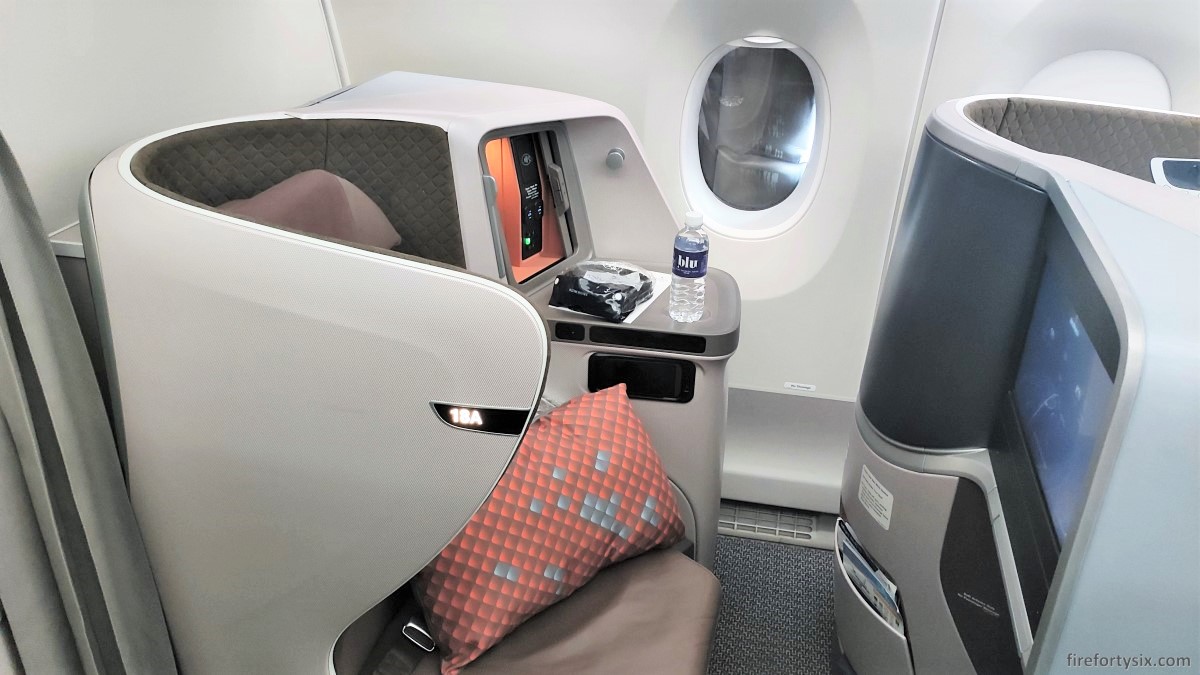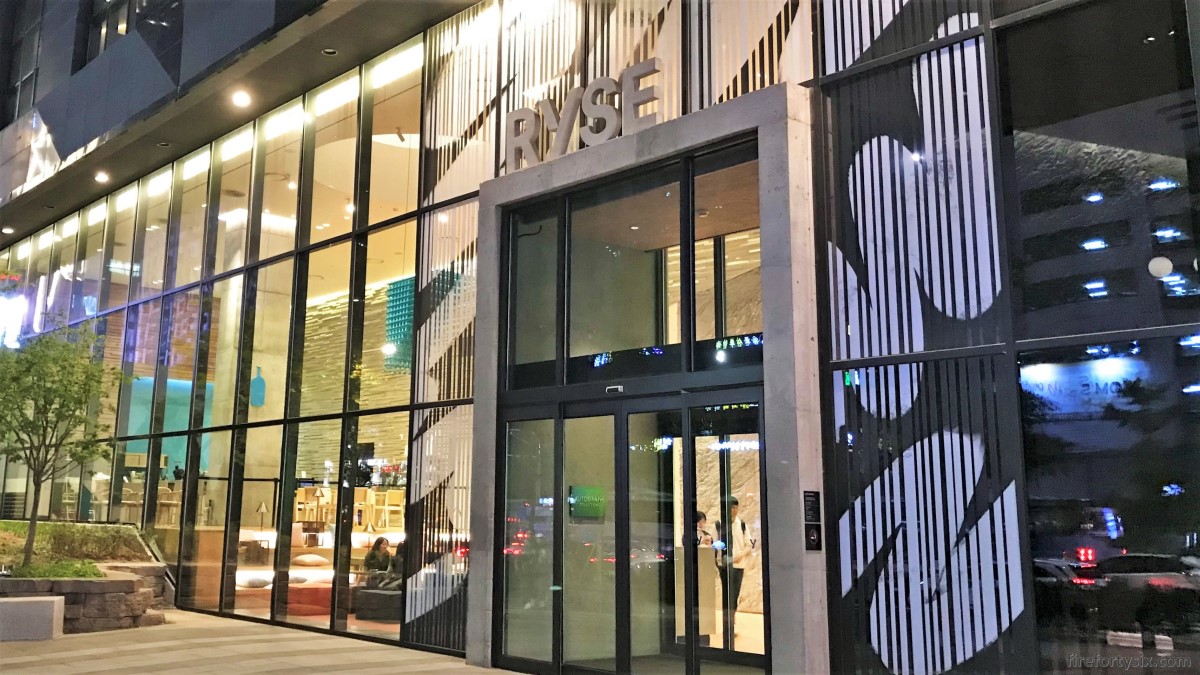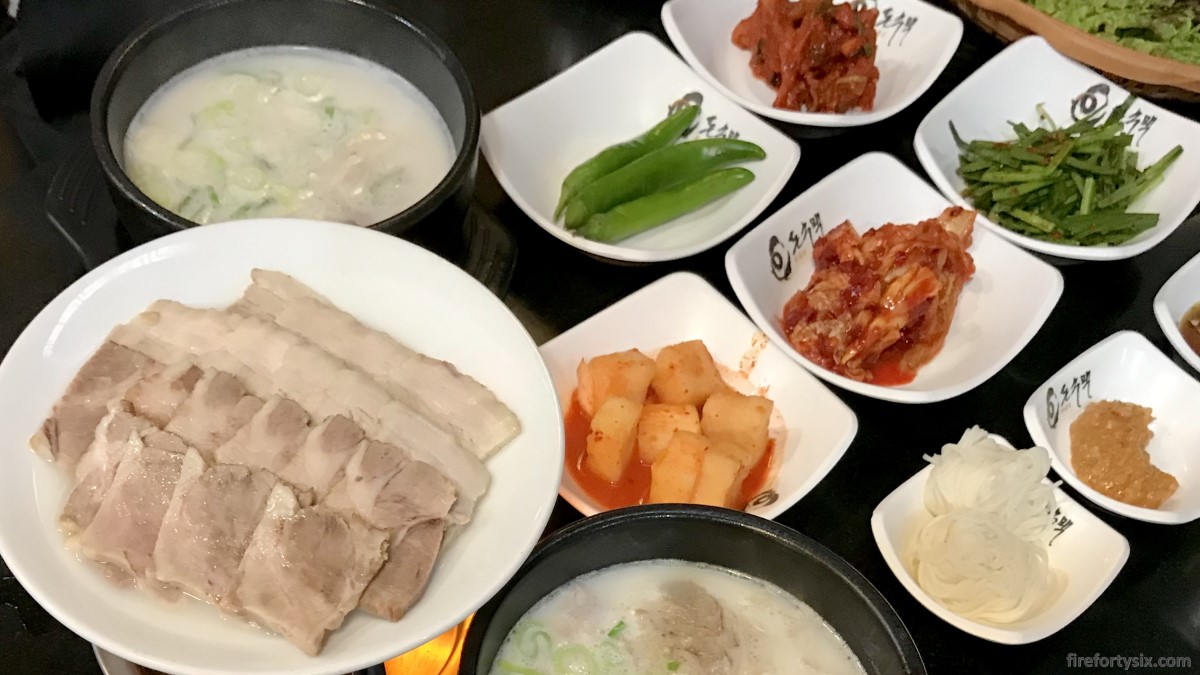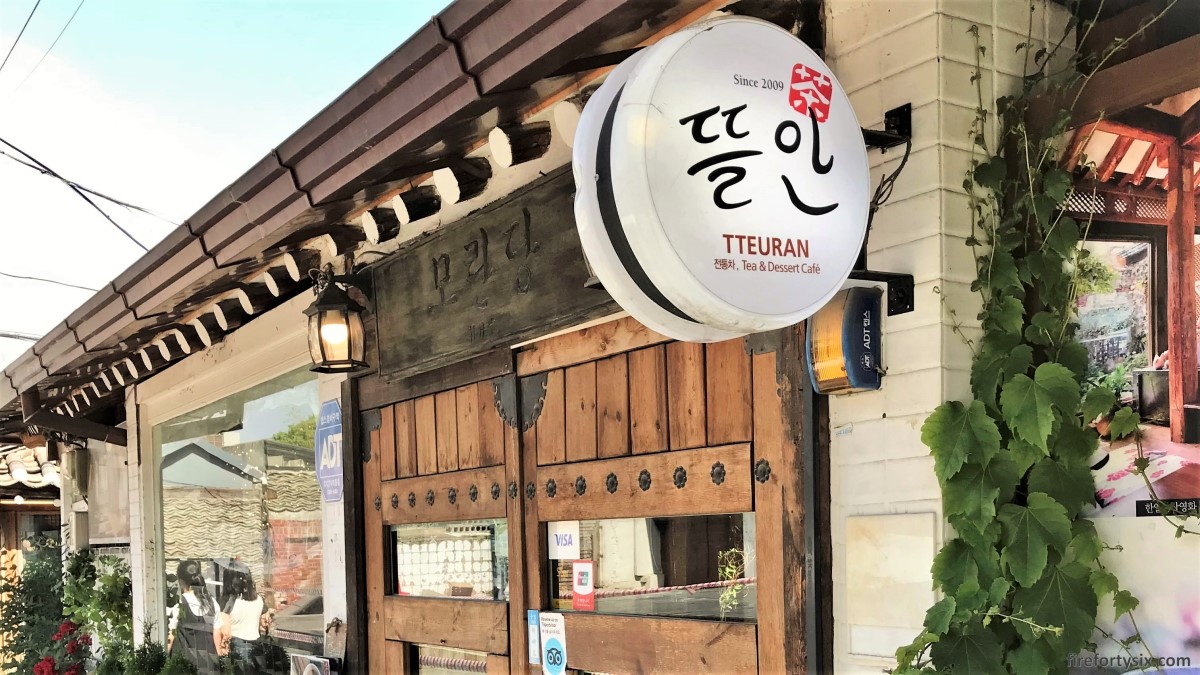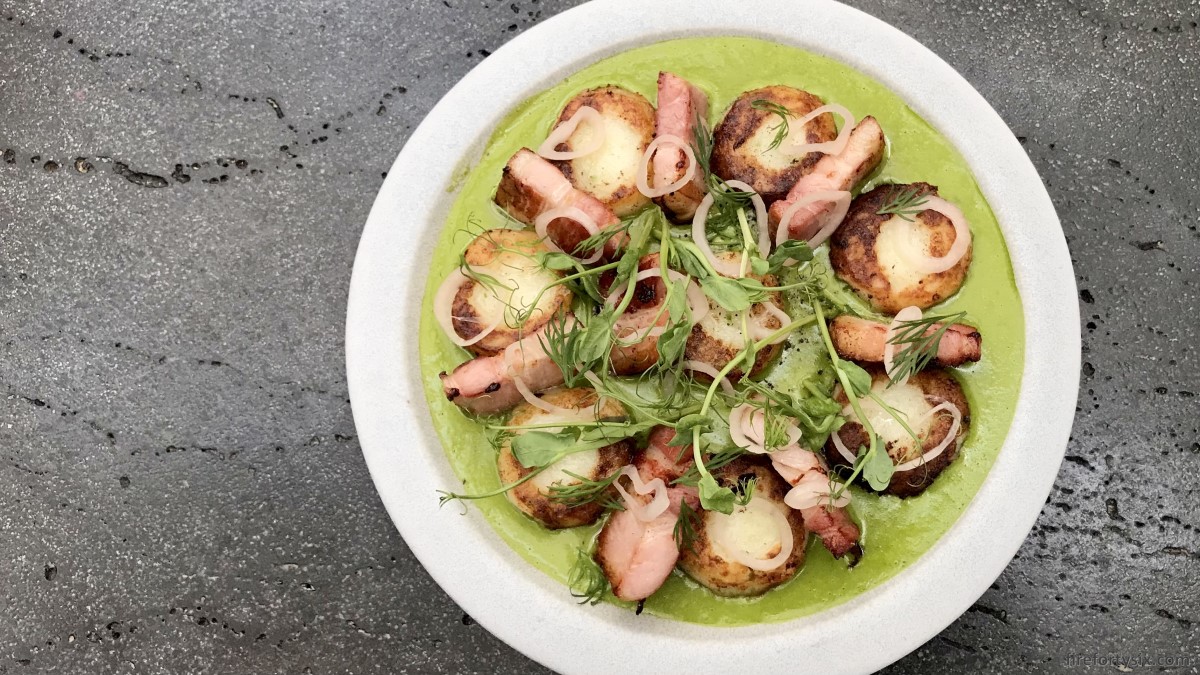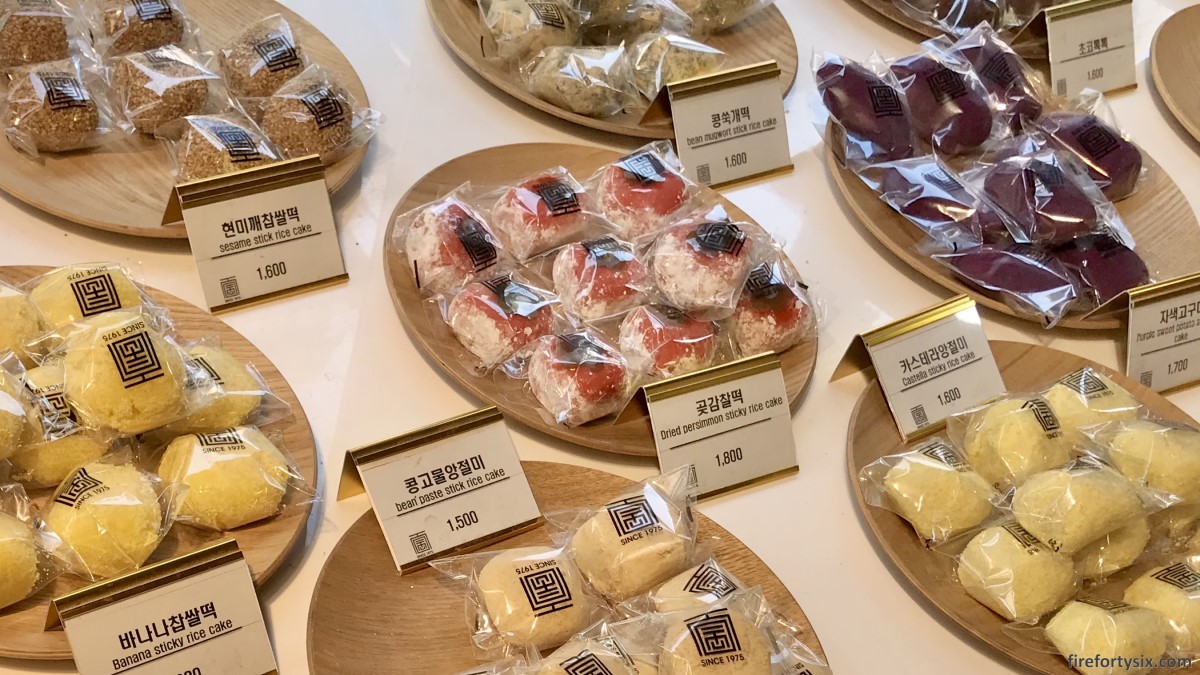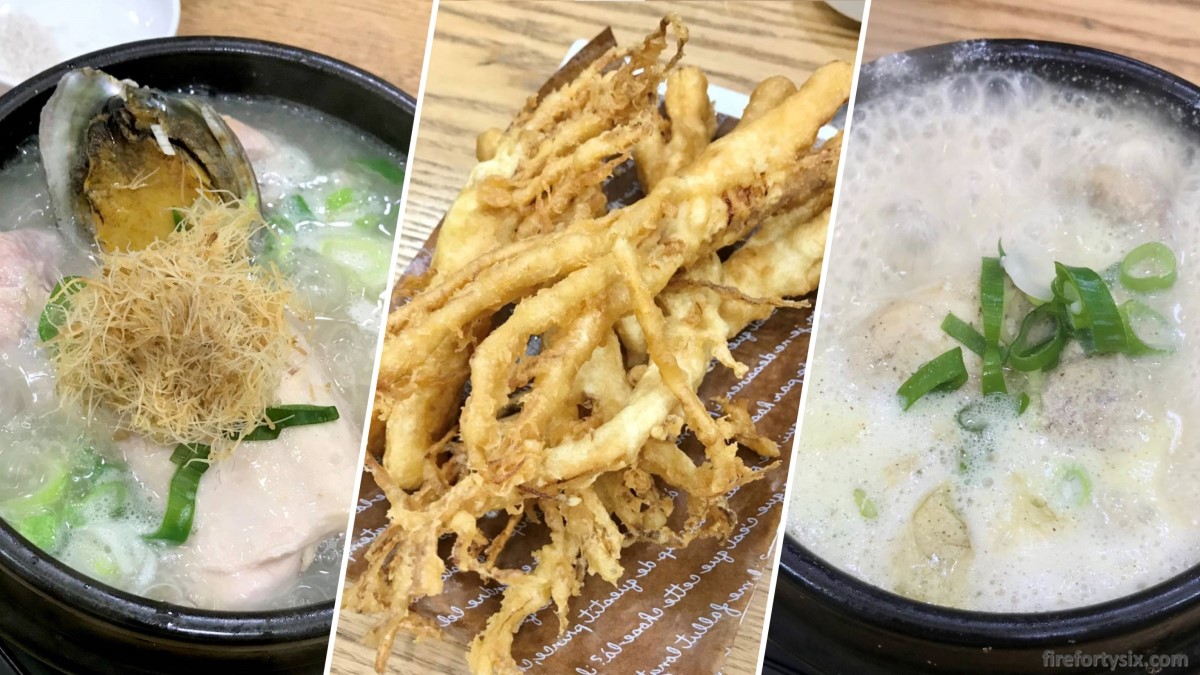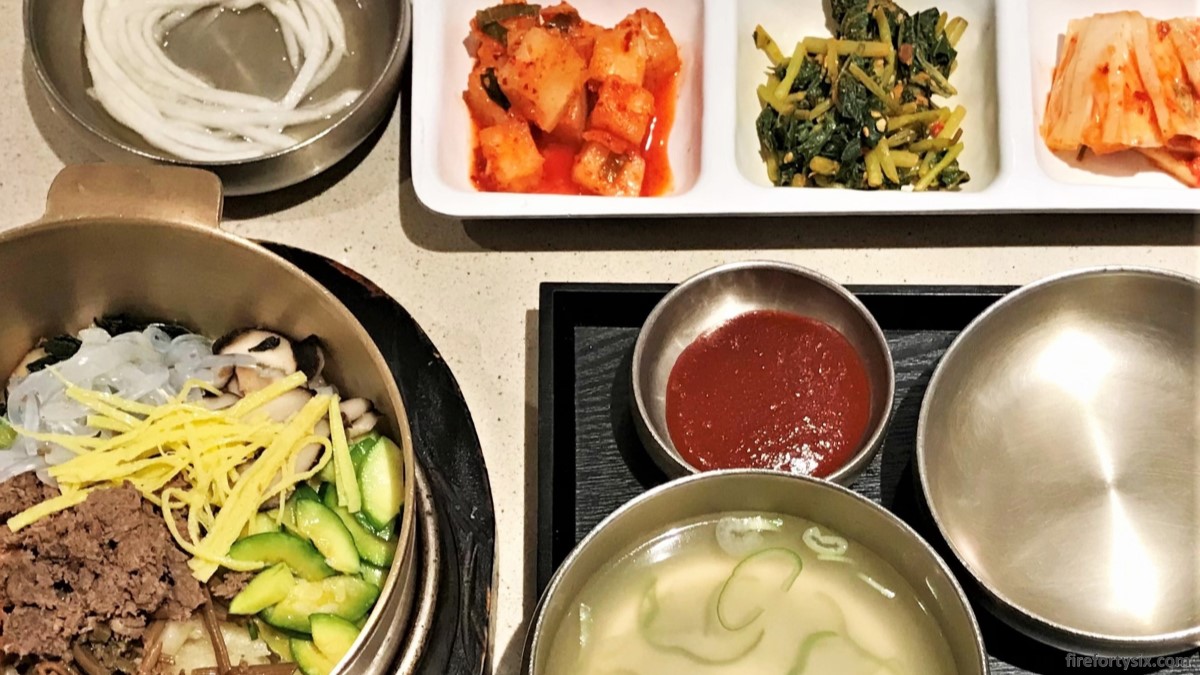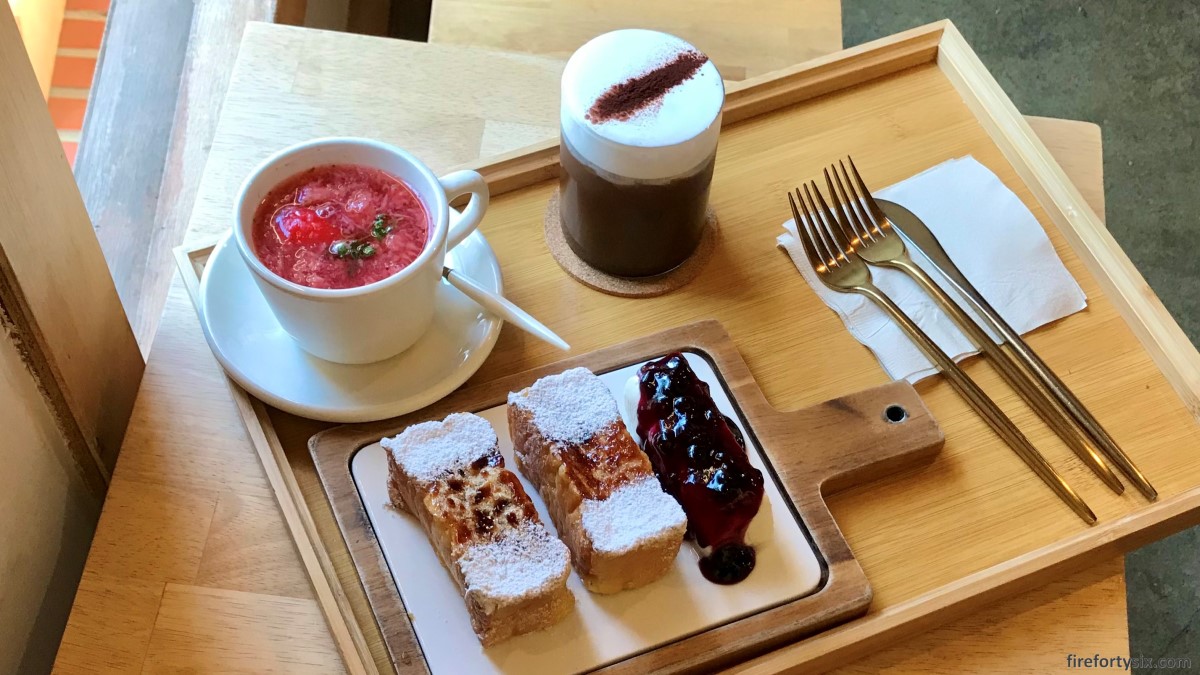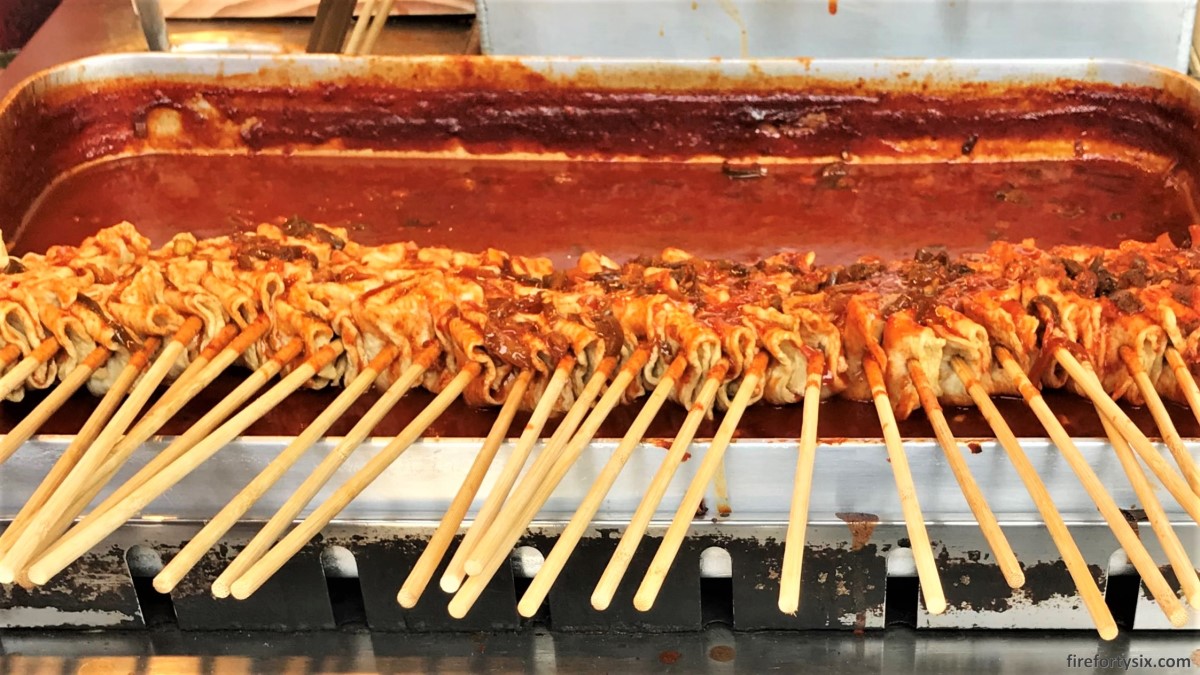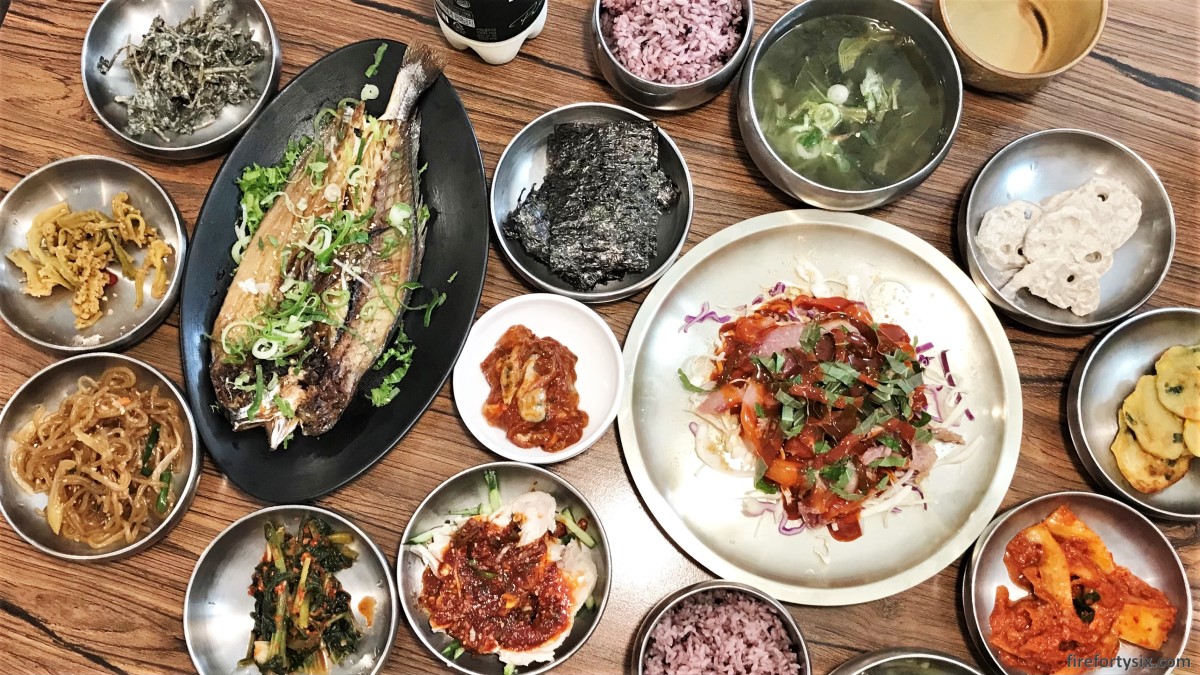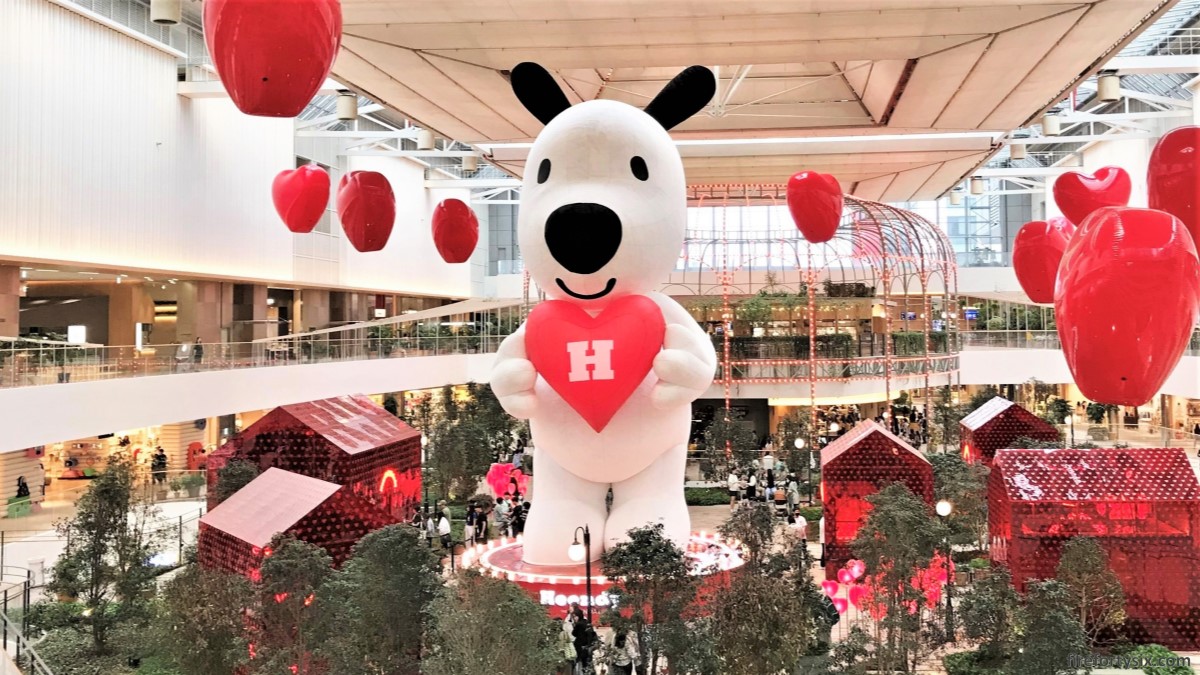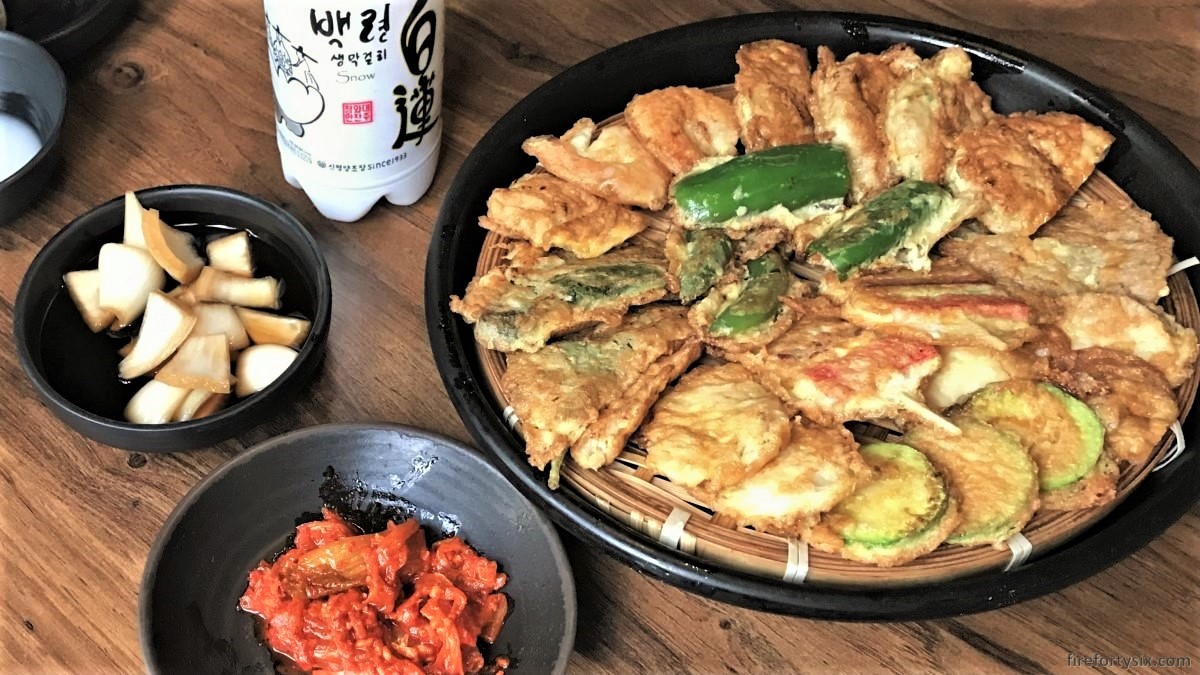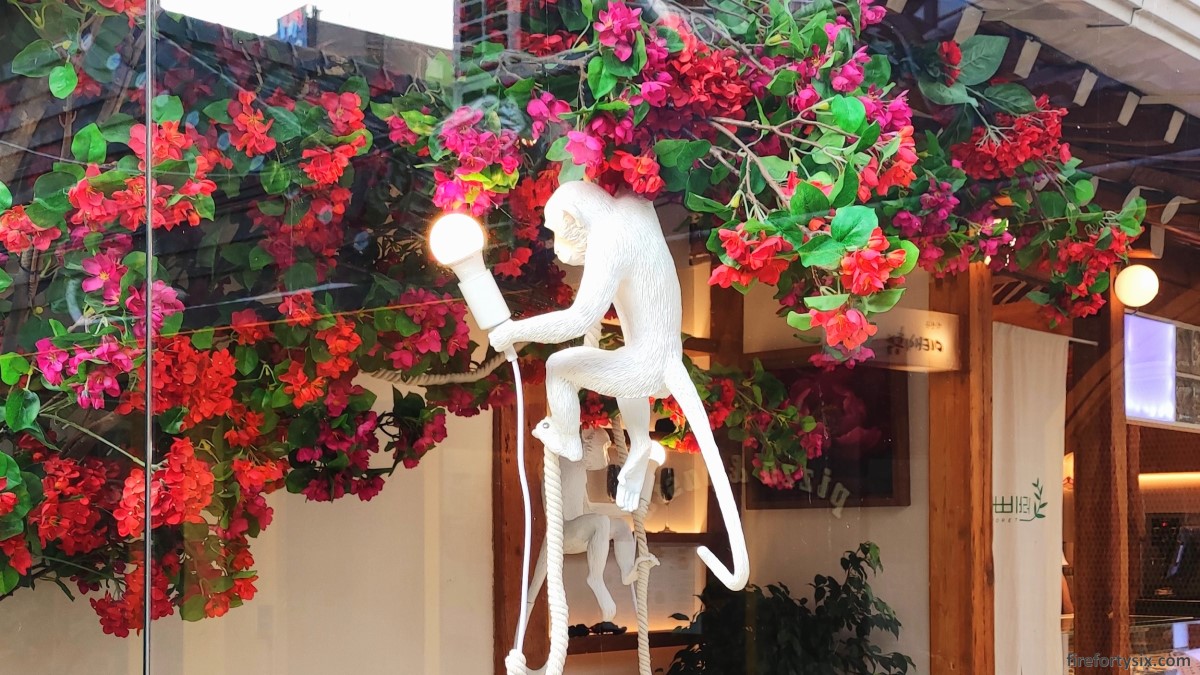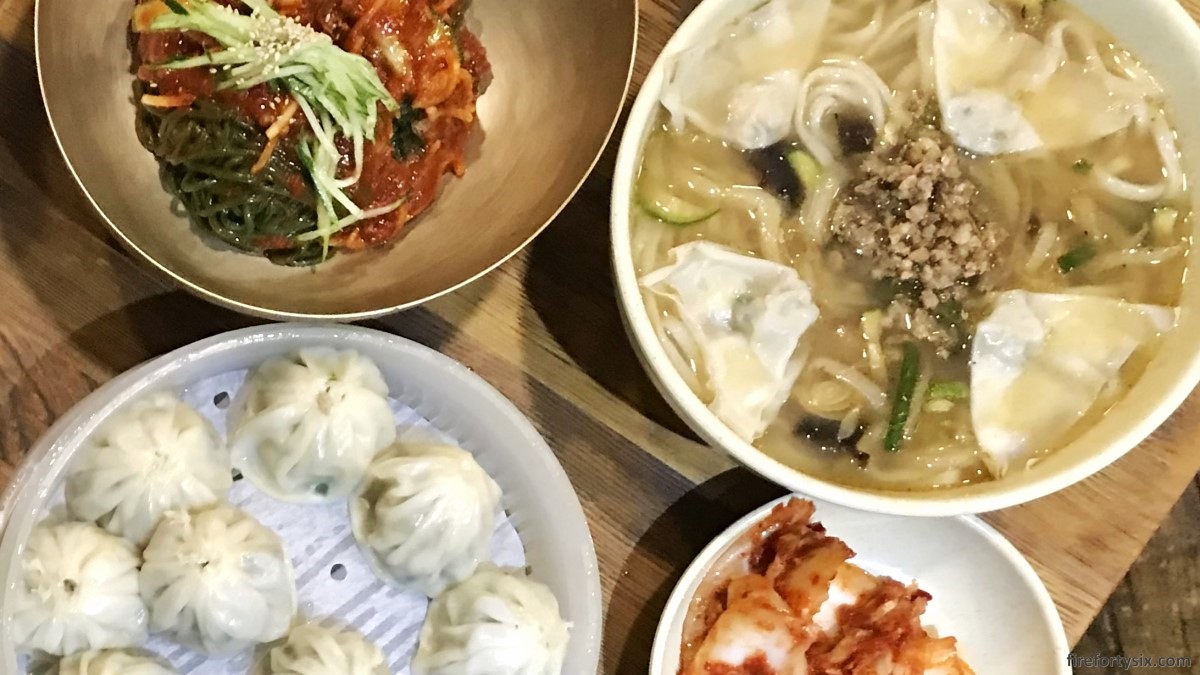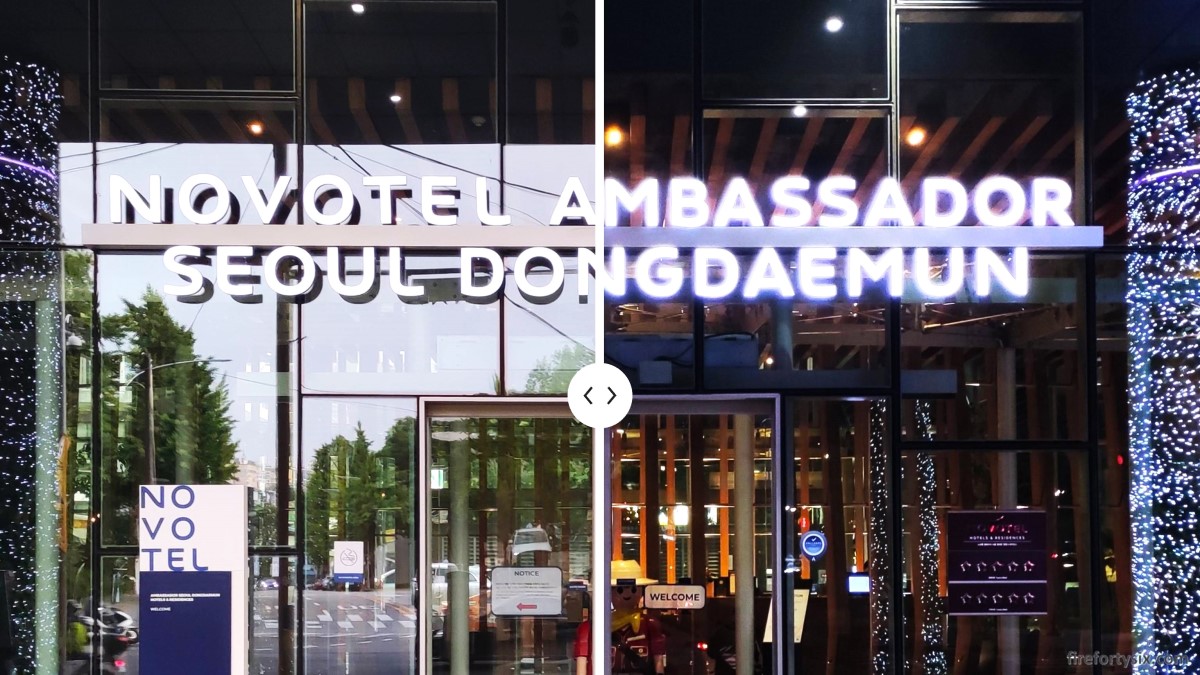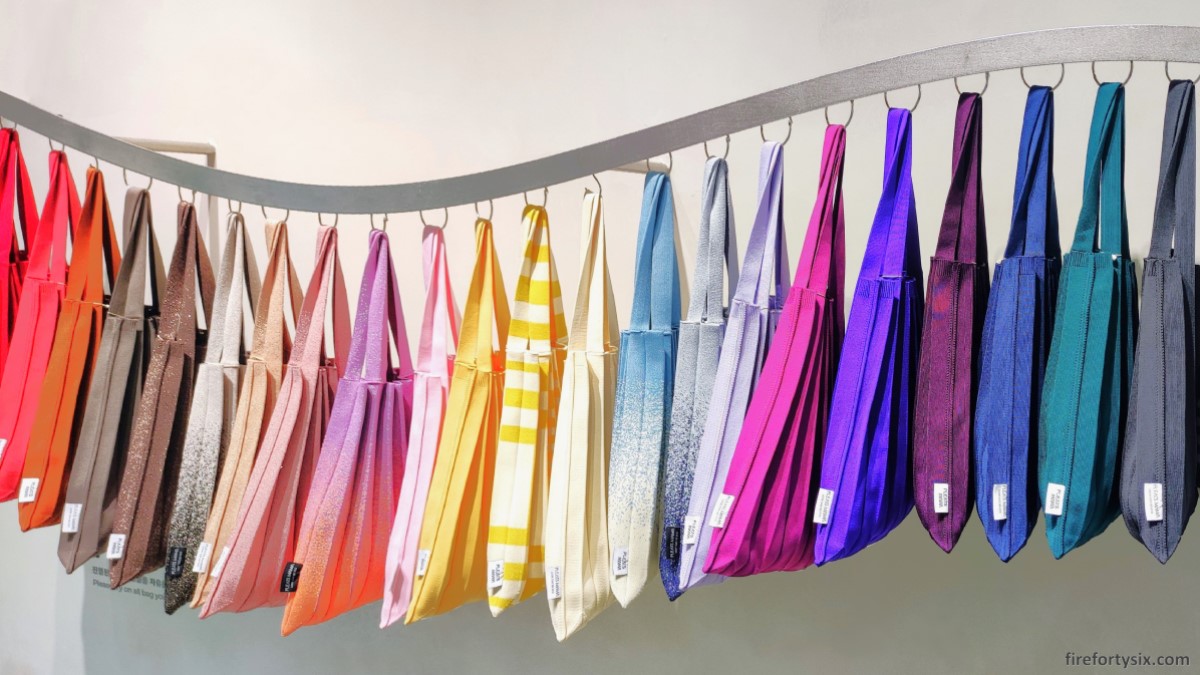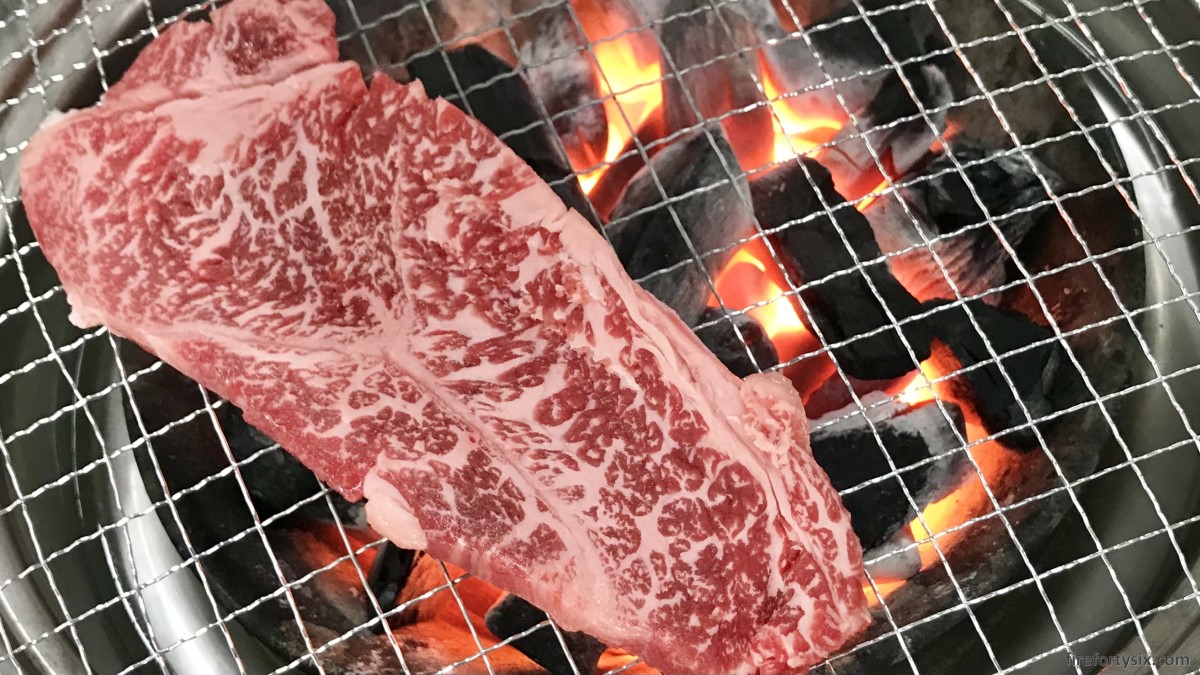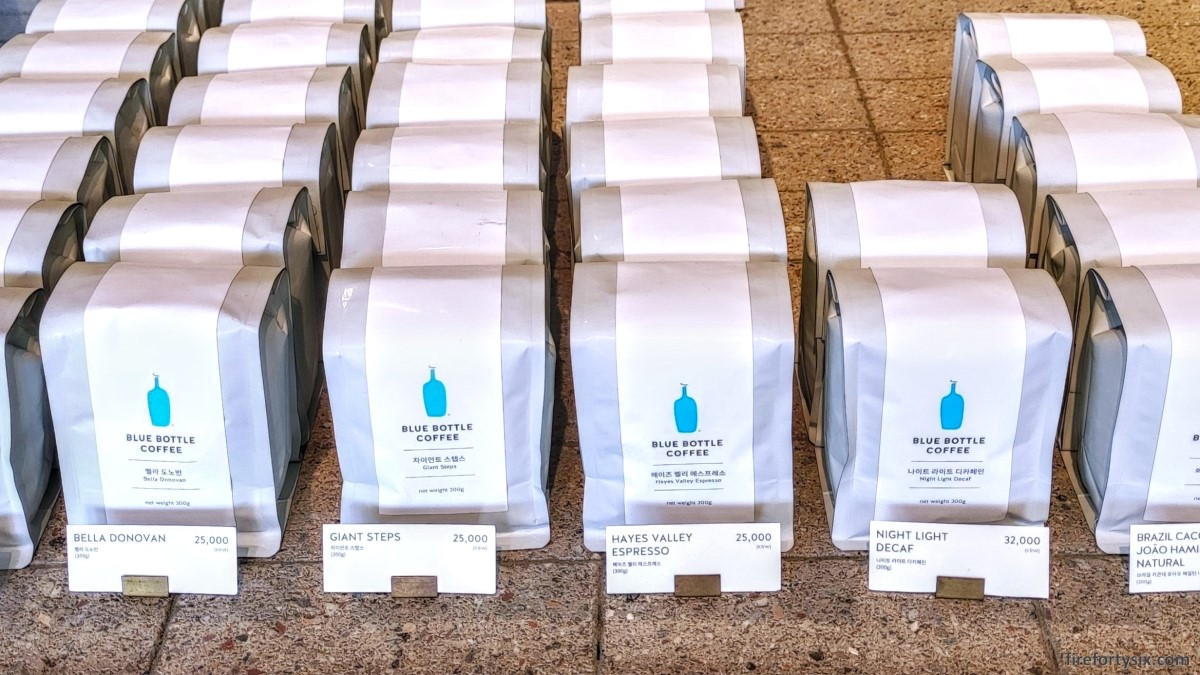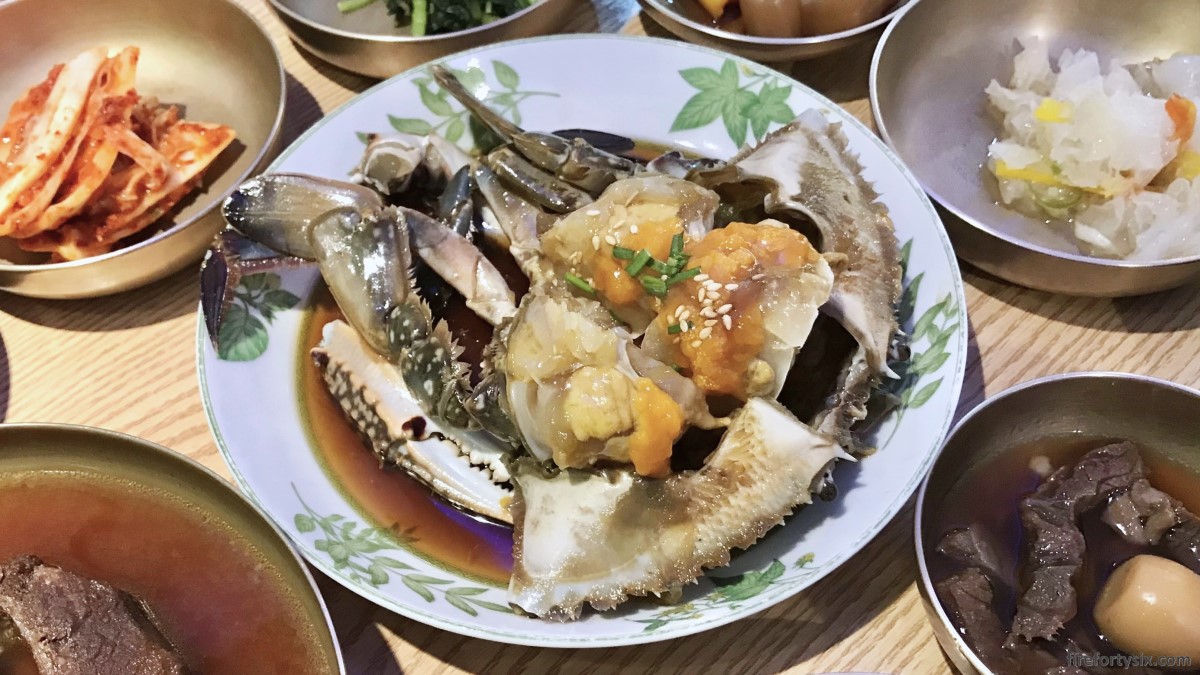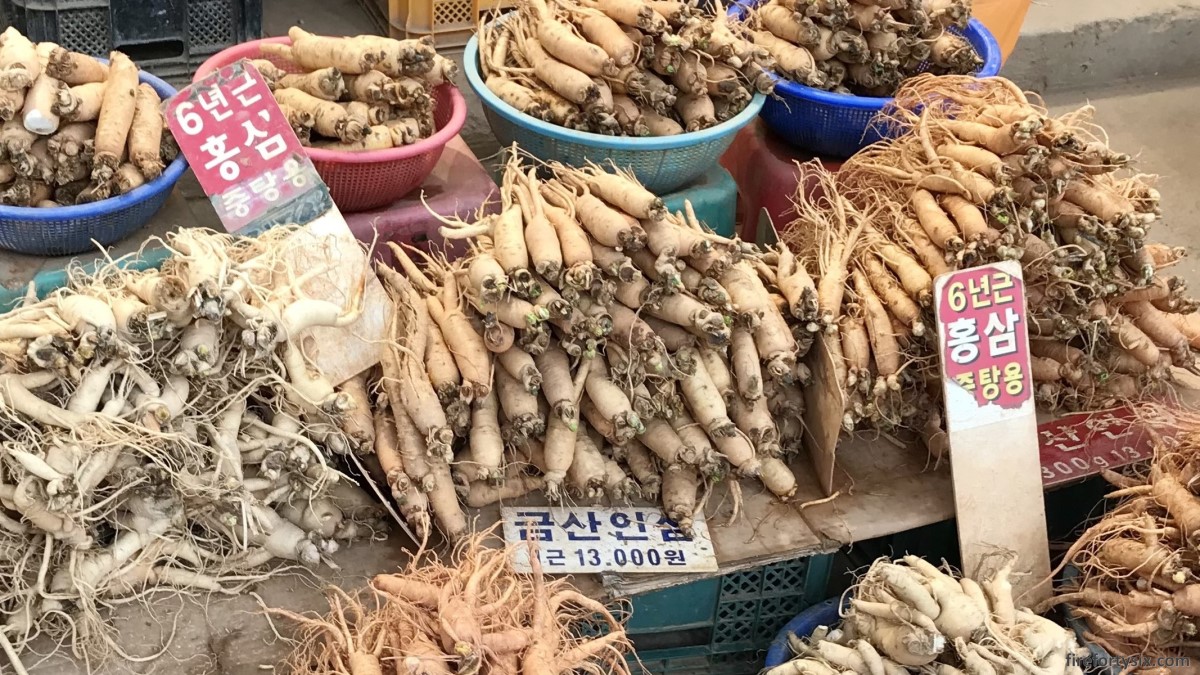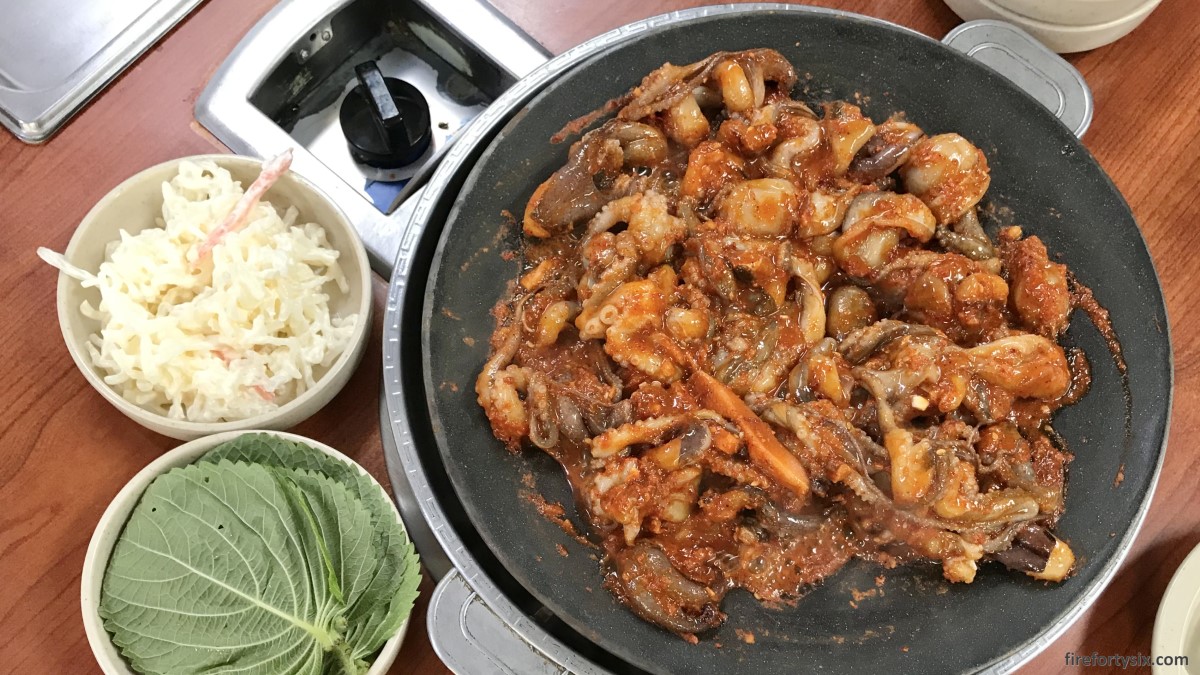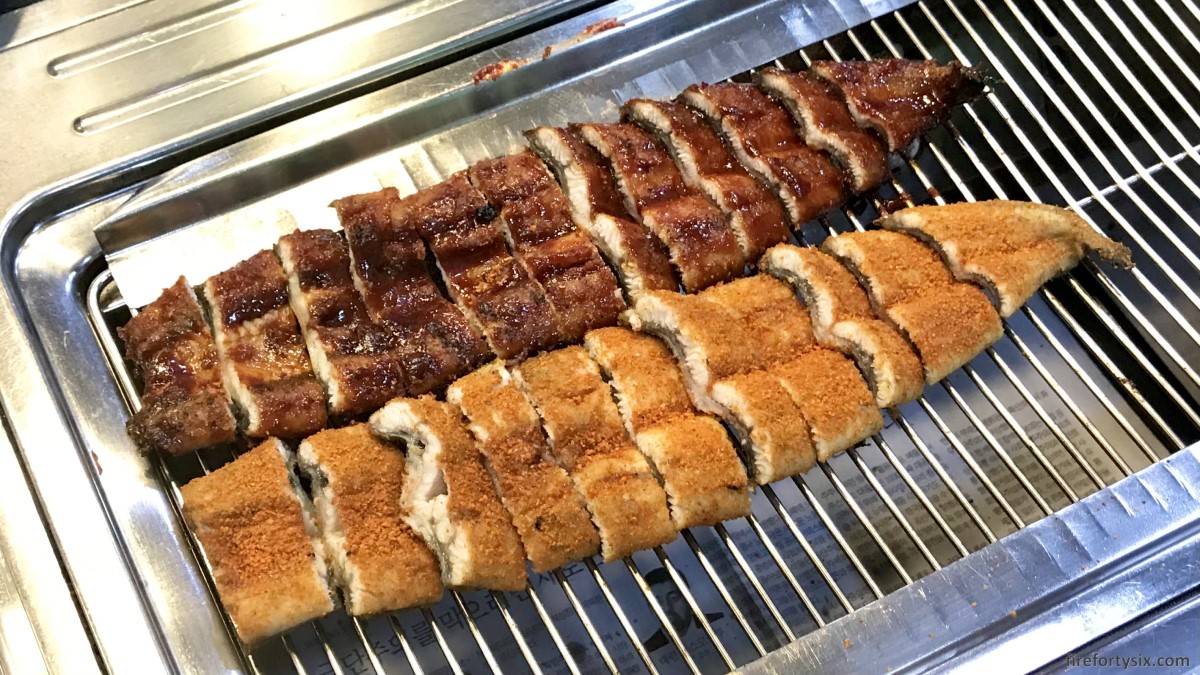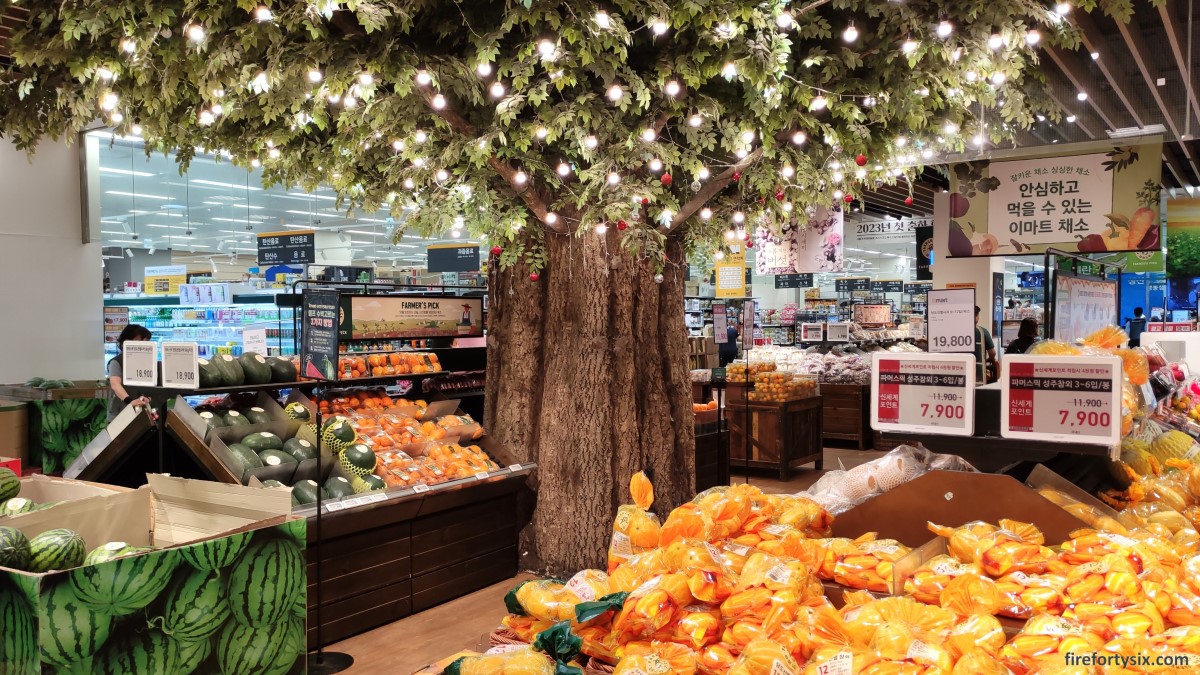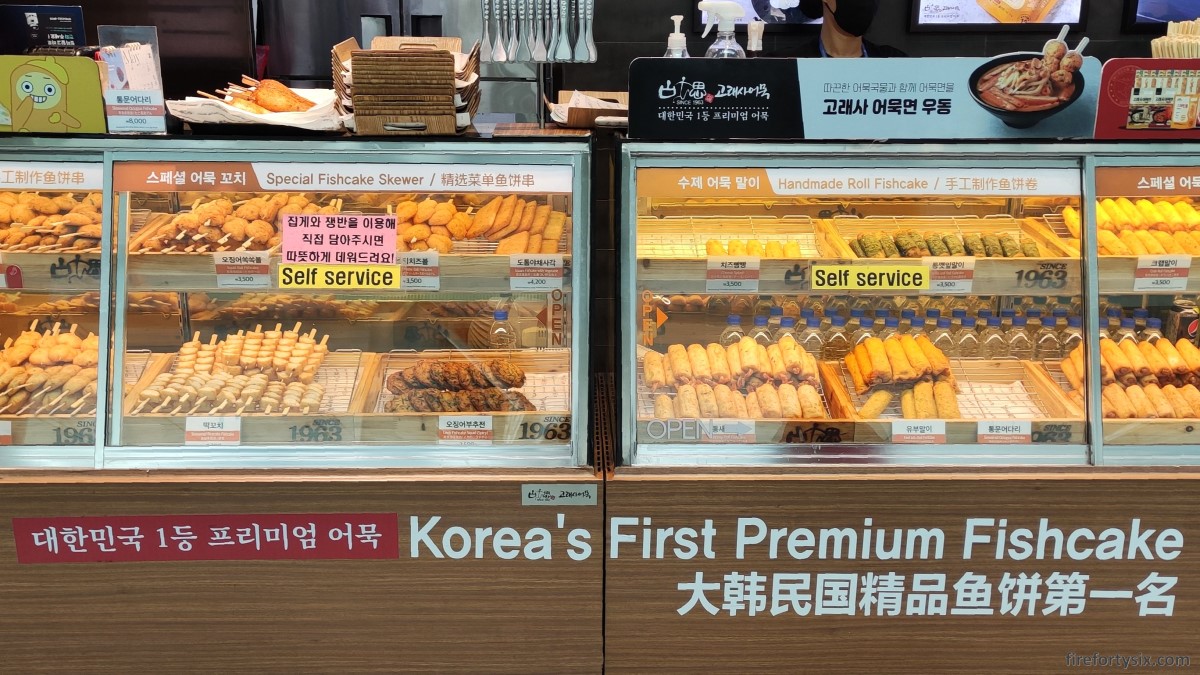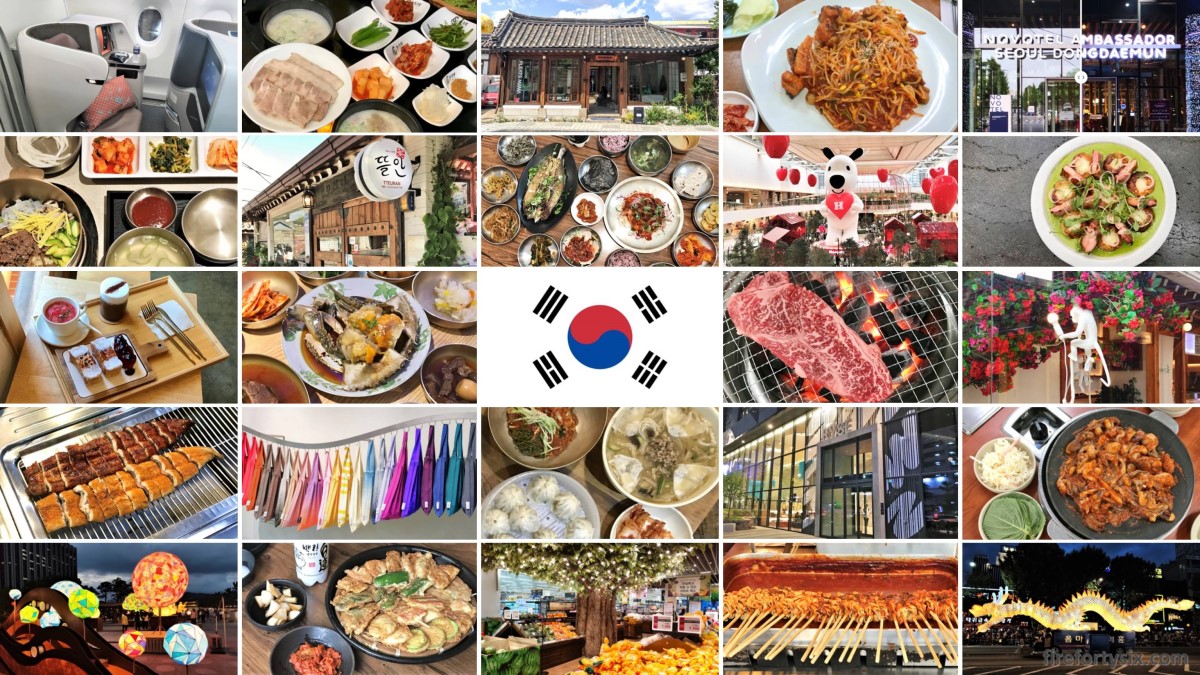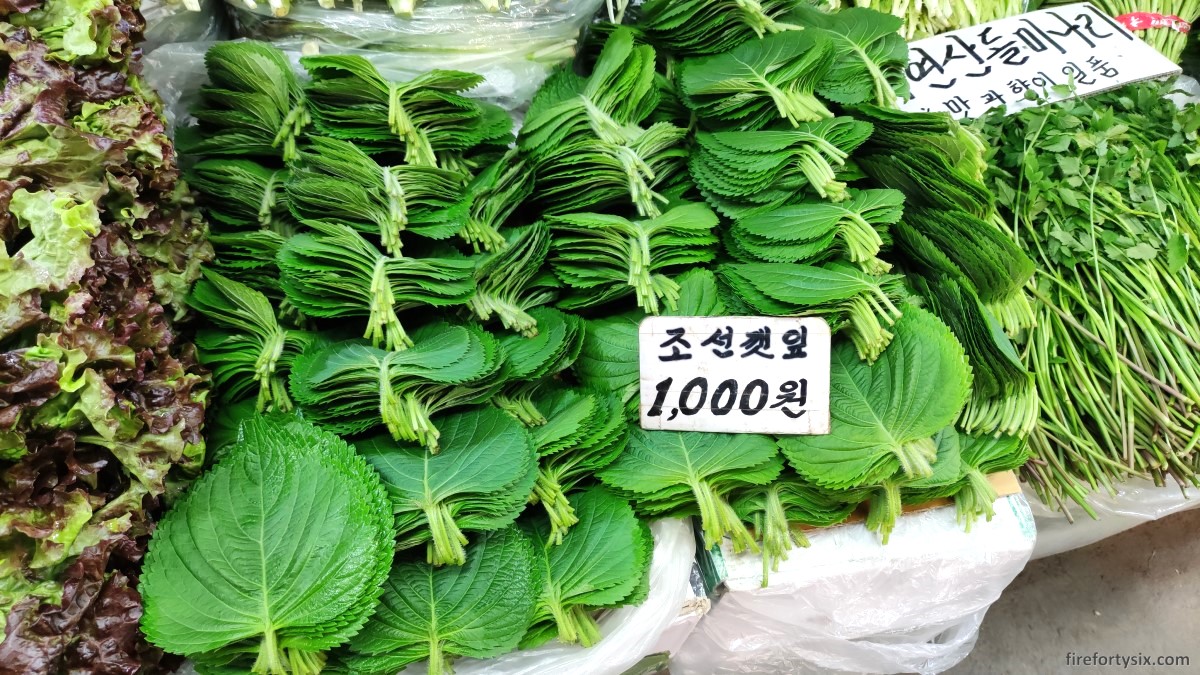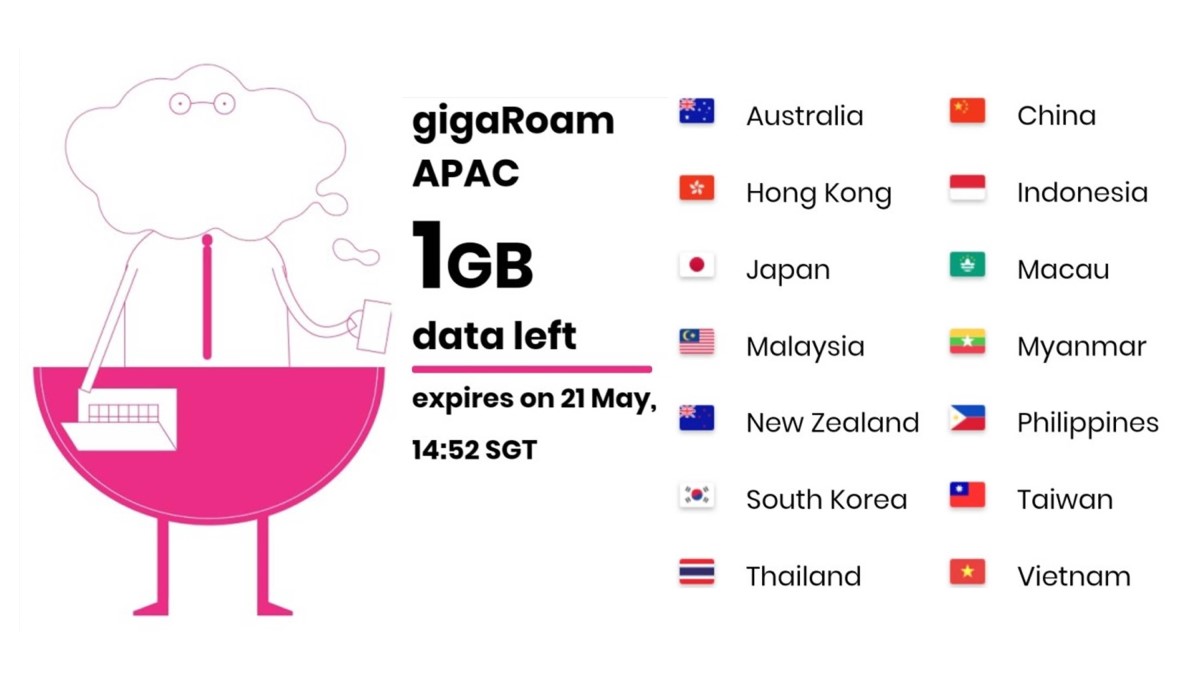You know that an event is a huge deal when a 3km stretch of road, right in the heart of a major city, is shut down for several hours on a busy Saturday night.
We didn’t specifically plan our travel dates to coincide with the Lotus Lantern Parade, but since we happened to be in Seoul that weekend, it would have been a waste not to join in the festivities.
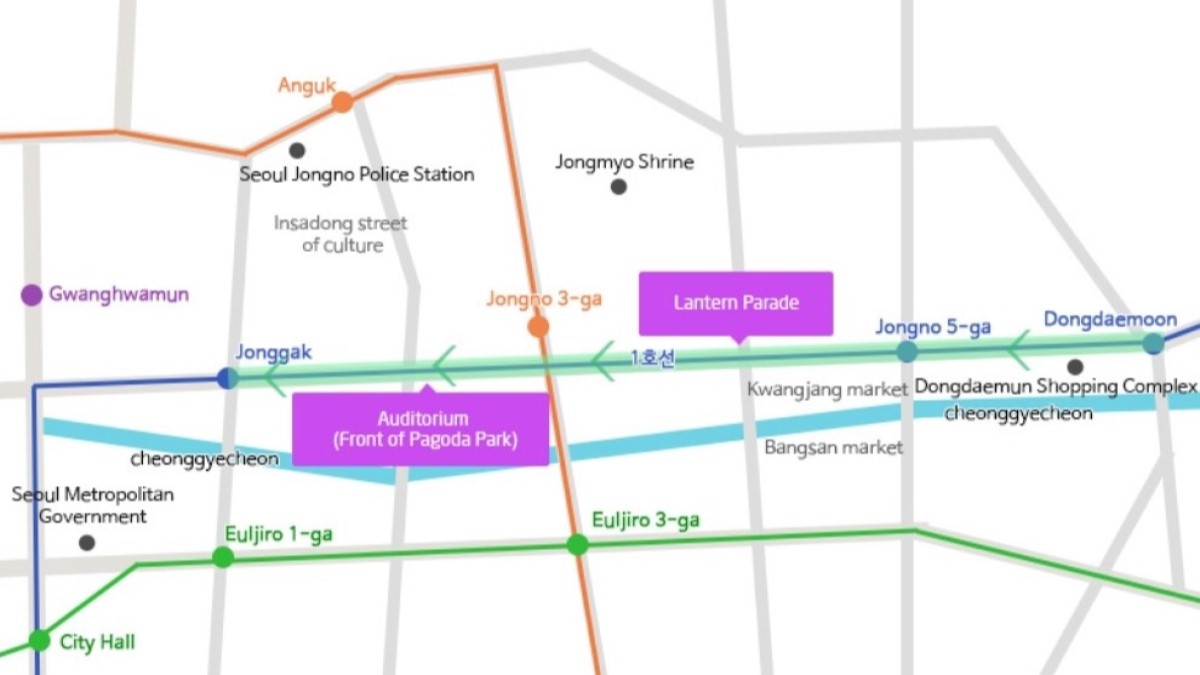
By joining, I don’t mean marching in the parade itself, since participation is not open to the general public. Instead, the plan was to find a nice spot to park ourselves and watch the floats and procession go past.
The parade was scheduled to start at around 7pm, but in order to snag the limited and highly coveted seats, we decided to head over to Jongno 3-ga an hour earlier.
Clearly, we weren’t the only ones with the same idea, because the front row seats were all gone by the time we reached. The best we could manage was the third row, which wasn’t too bad, as long as the people in front didn’t decide to spontaneously stand up.
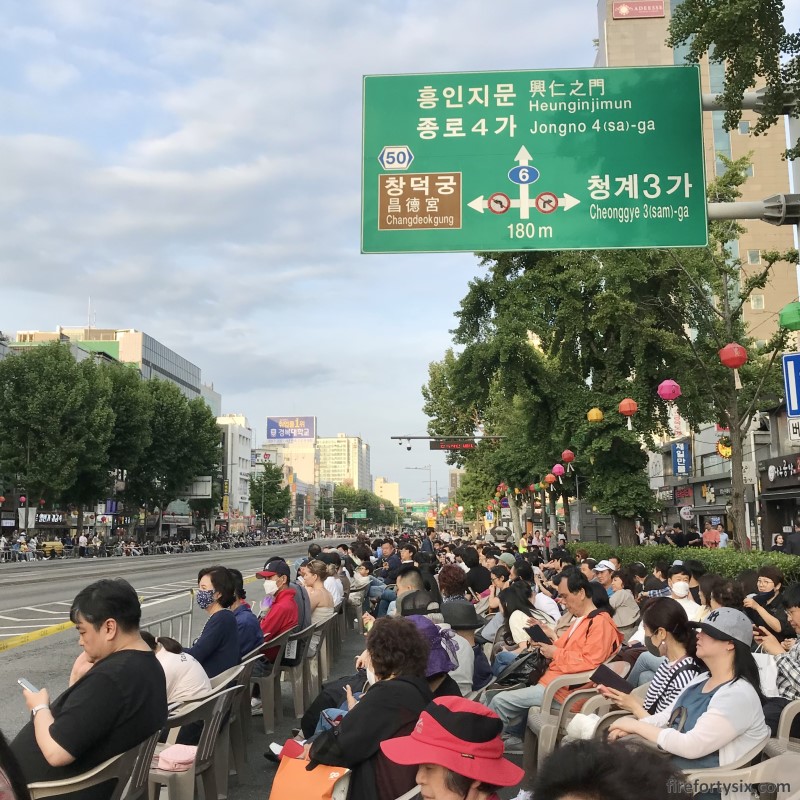
As we got closer and closer to kick off, more and more event-related personnel started streaming in. Including those tasked with maintaining safety and order, as well as those in media who were there to cover the event on-site.
A big crane-mounted truck started firing up its engines, and a small camera crew was hoisted up high into the air. They were suspended right above the centre of the road, offering them a bird’s eye view of the entire proceedings.
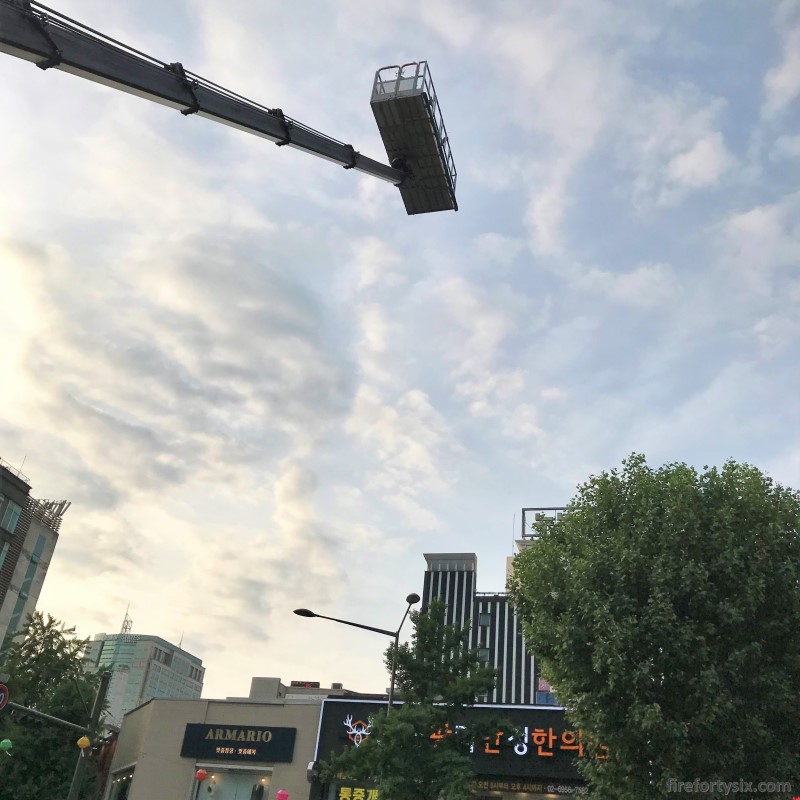
While there was no jostling for seats during the wait, people were clearly trying their best to secure seats, or improve the ones they already had.
A mother who had her bags on several chairs had to constantly defend her turf, while the rest of her family left to buy food and drinks. When they finally came back, she was visibly annoyed at how long they took and made sure they knew how she felt.
An elderly haraboji was trying his best to squeeze his chair into the row in-front of him, oblivious to the disapproving looks from his immediate neighbours. But by the time the opening performance started at 7.30pm, the seated audience had mostly settled down.
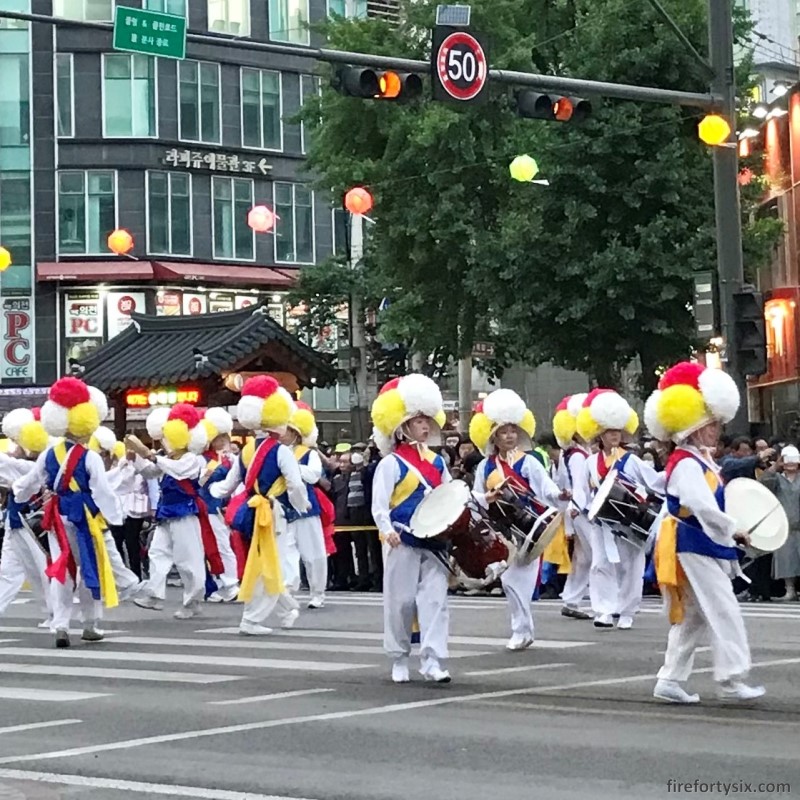
About two dozen men in their colourful costumes pranced in and did what I assume must have been a well-known traditional dance. Those with drums strapped across their chests hammered out fast beats, all in unison.
This was followed by the start of the parade proper, marked by flag bearers in official garb marching slowly but steadily forward.
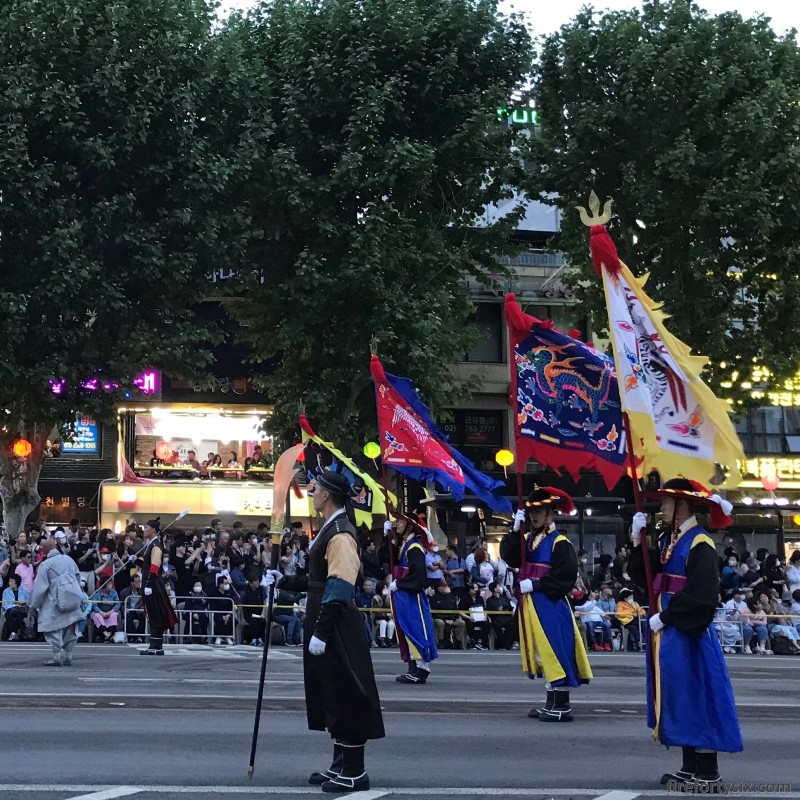
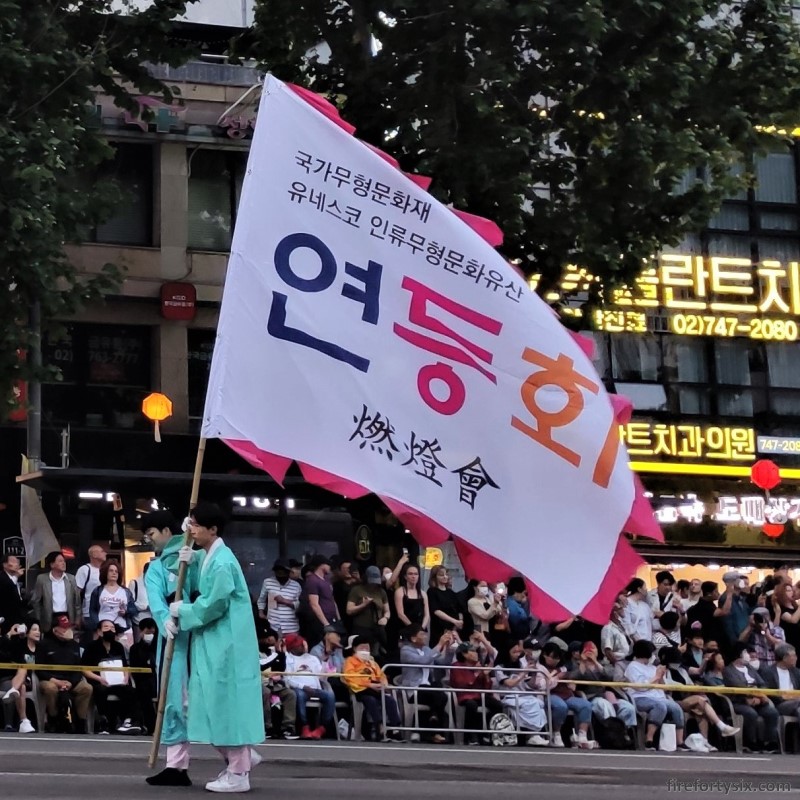
The rest of the parade was much less solemn and way more festive. Wave after wave of participants walked down the empty road, with many of them carrying colourful and brightly-lit lanterns.
Many of them, especially the halmonis and ajummas in their long and flowing hanboks, seemed to be really enjoying themselves. They had a spring in their step and huge smiles on their faces as they waved merrily to the crowd.
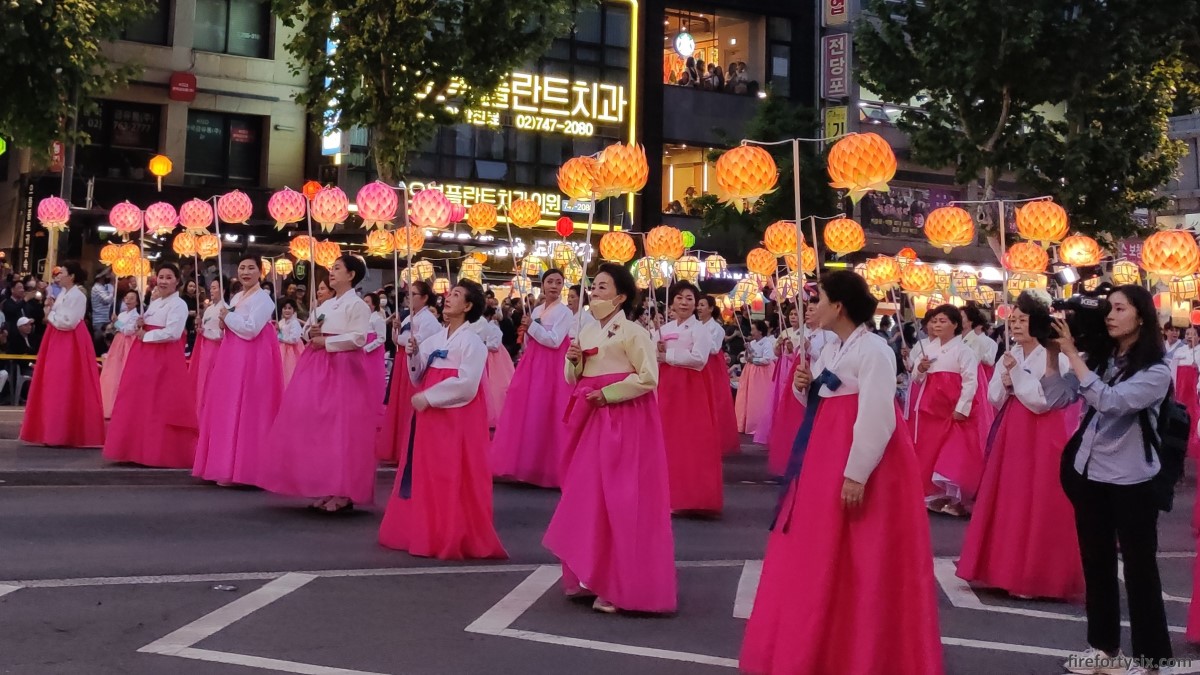
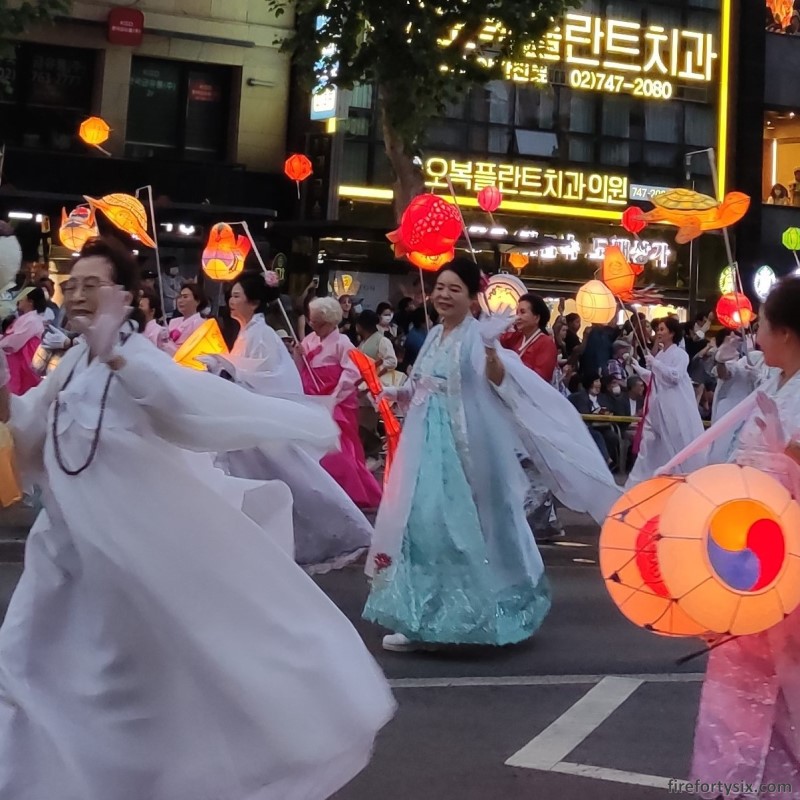
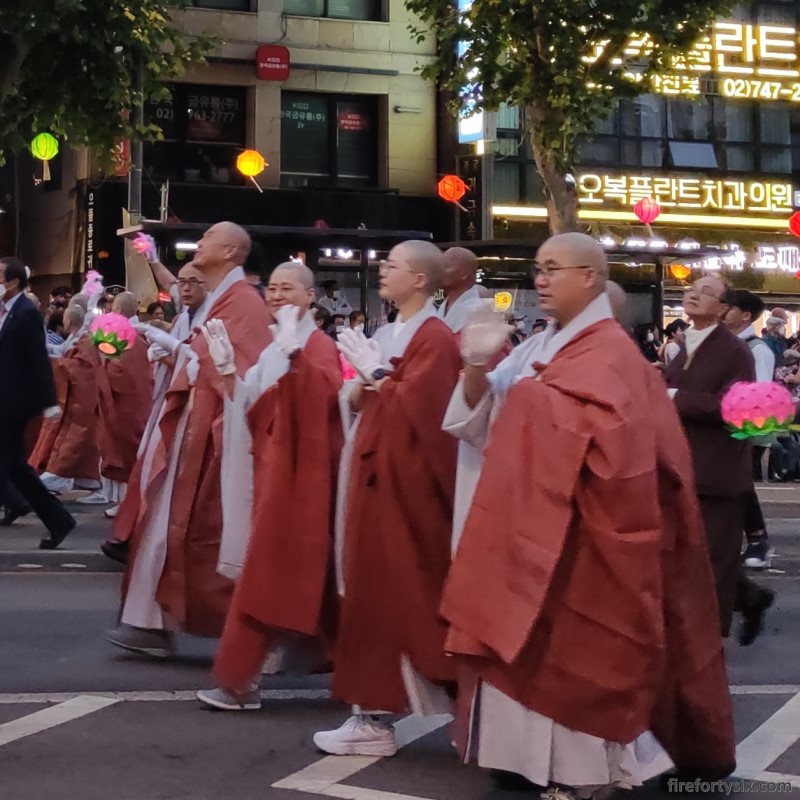
Larger than life lanterns depicting religious and historical figures joined the procession, powered manually by teams of people pushing them forward. As the sky got darker and darker, they shone brighter and brighter.
Across the street, we could see many groups of people happily dancing away as the night progressed. It seemed like those standing were having way more fun than the ones seated comfortably.
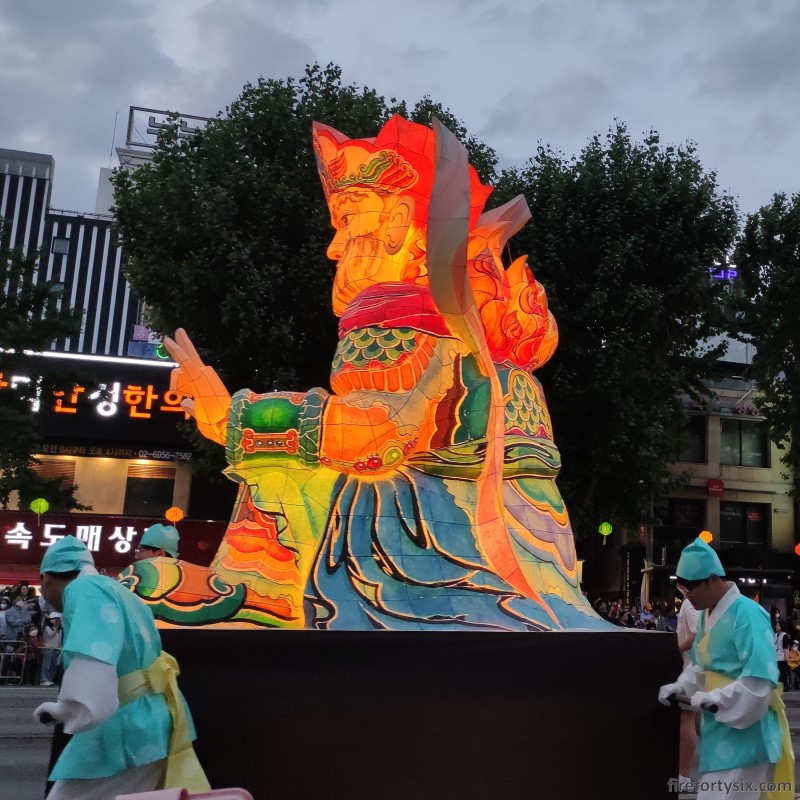
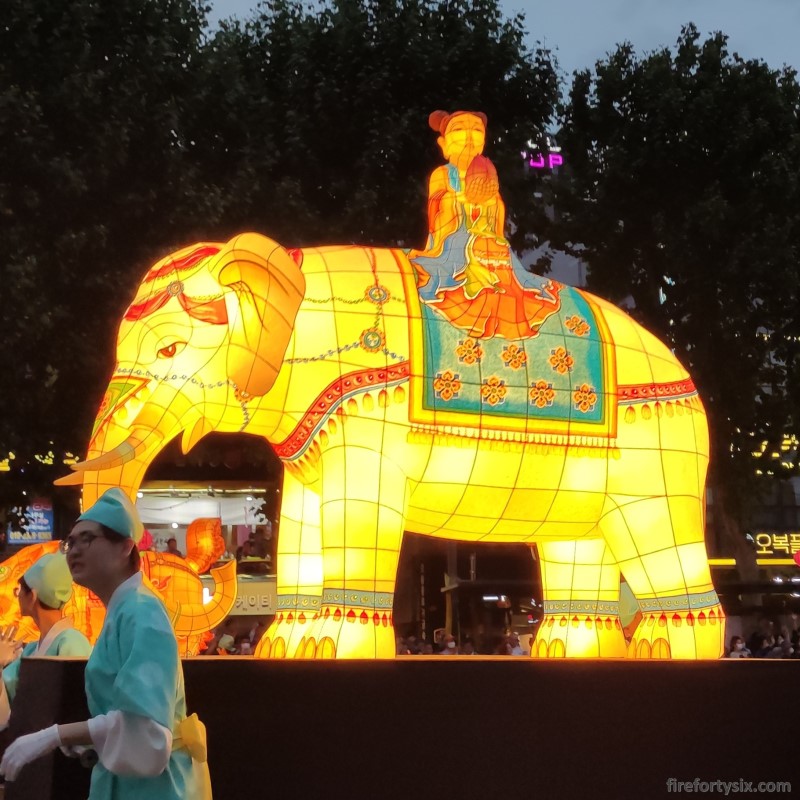
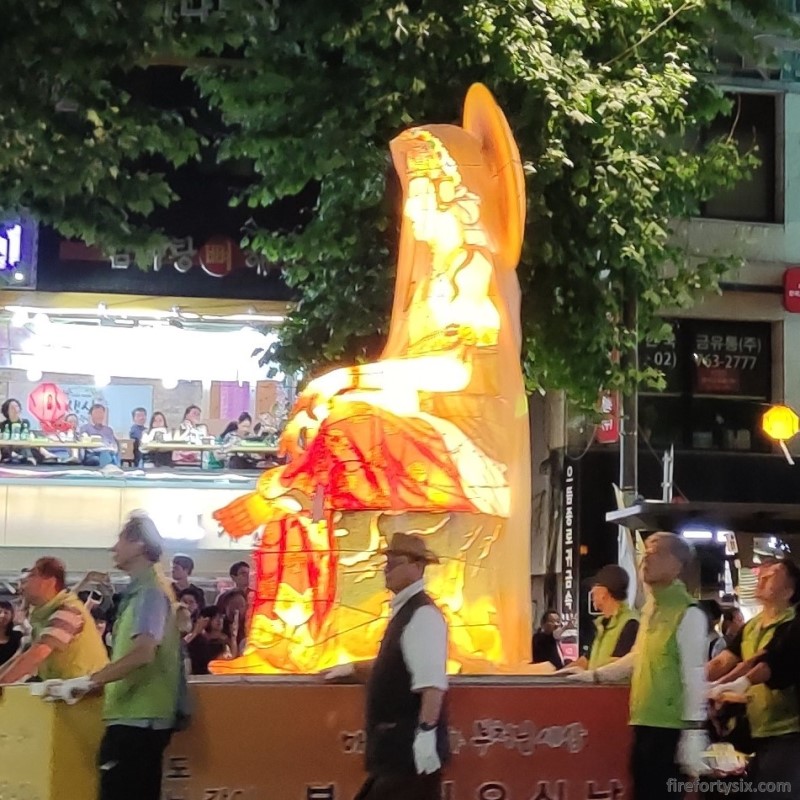
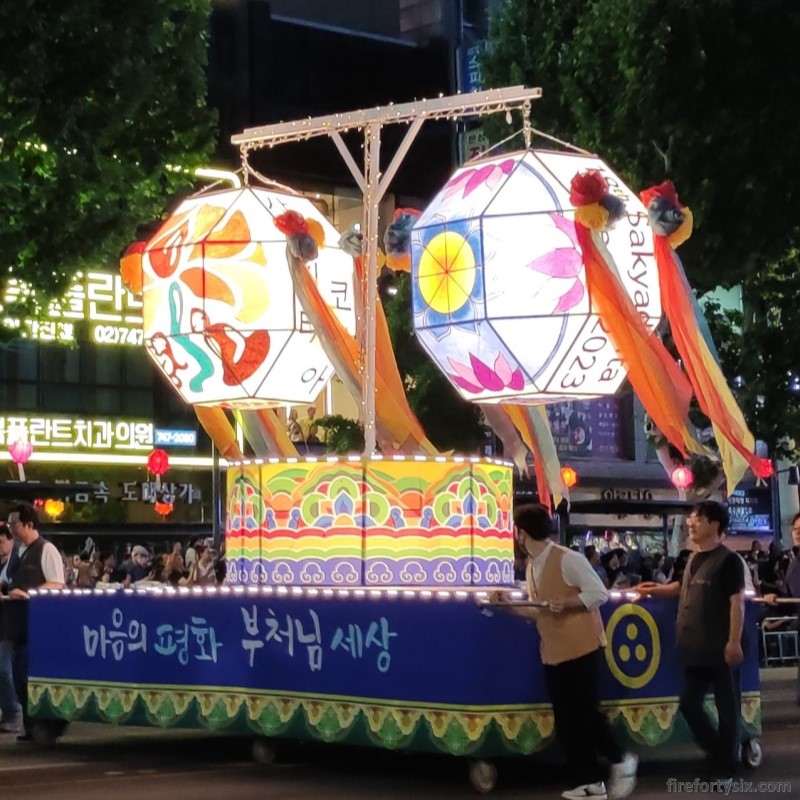
Whenever a contingent of kids appeared, the crowd seemed to get especially excited, letting out loud and exuberant cheers.
Perhaps it was due to family members recognising their relatives as they walked past. Or perhaps it was the sight of the precious younger generation, in a country with one of the lowest fertility rates in the world.
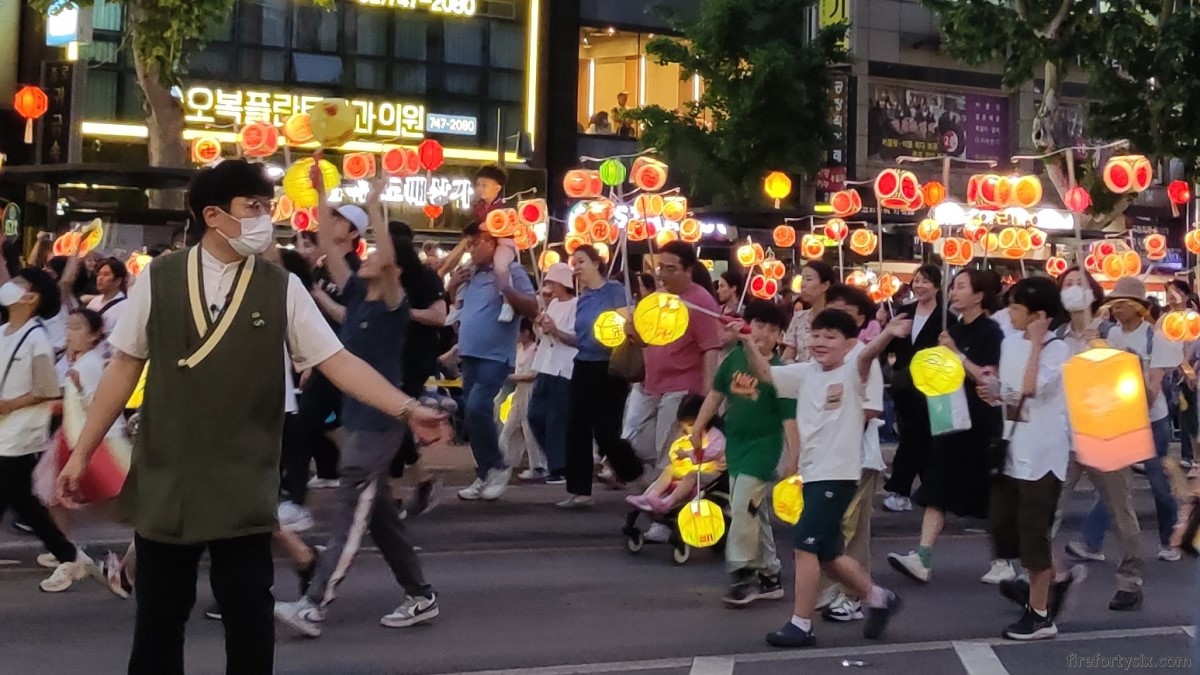
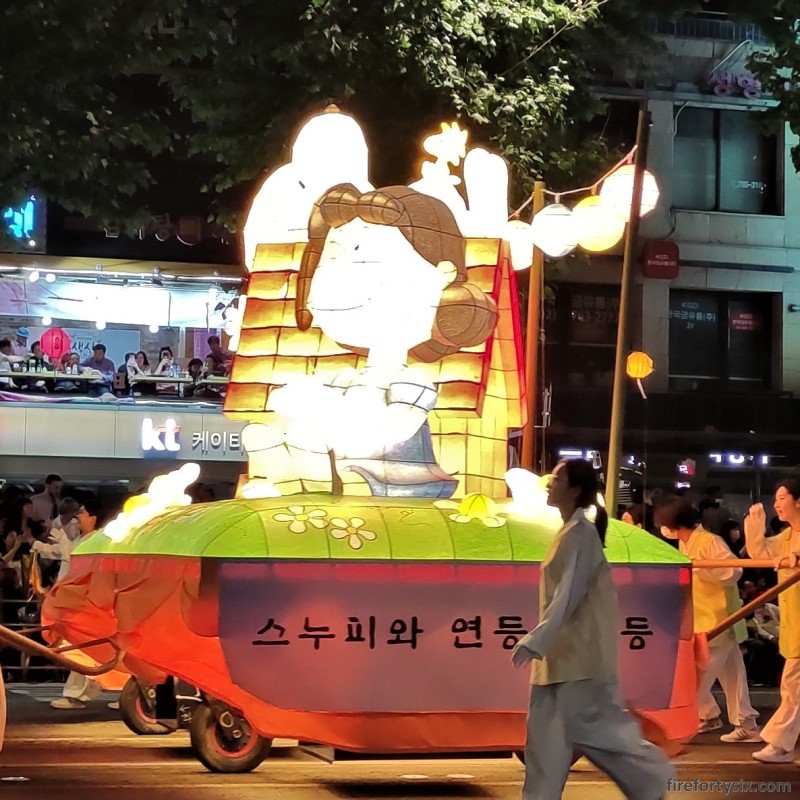

One common theme among the numerous groups taking part was their bright and colourful costumes, paired with matching handheld lanterns. Some were in traditional Korean hanboks while others were in modern dresses.

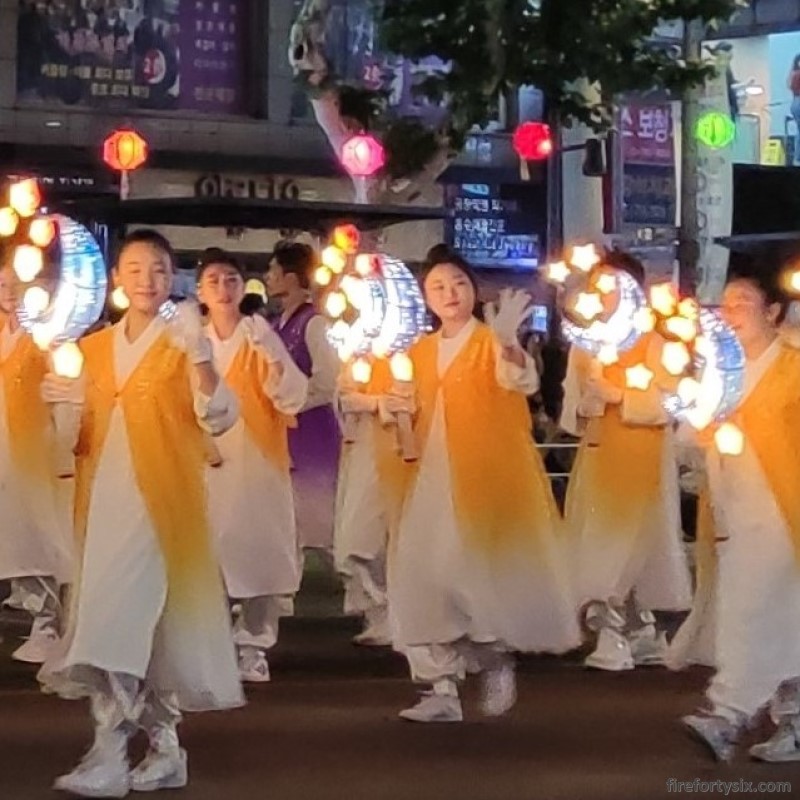
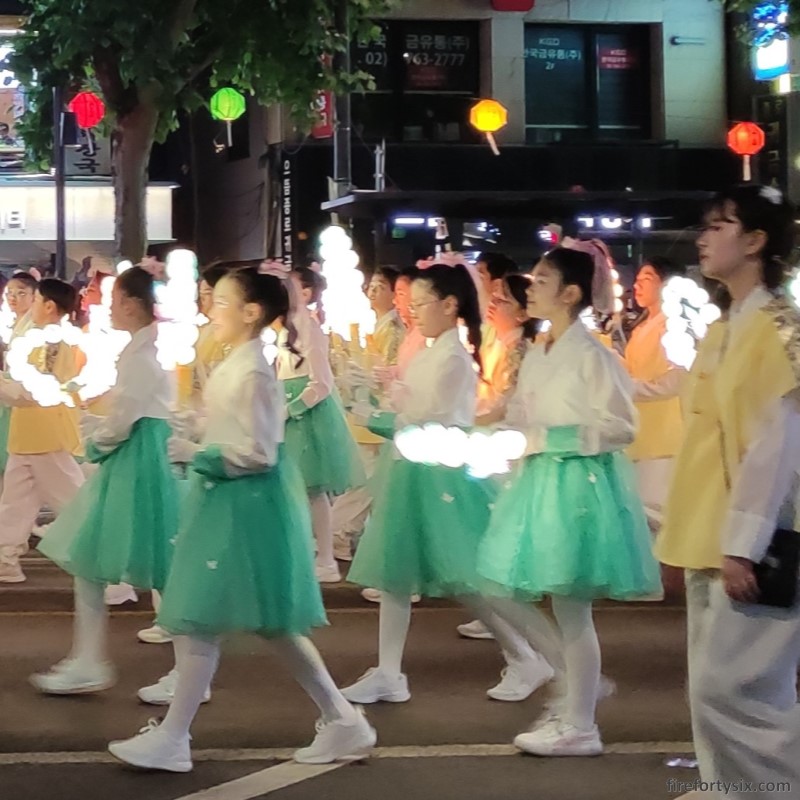
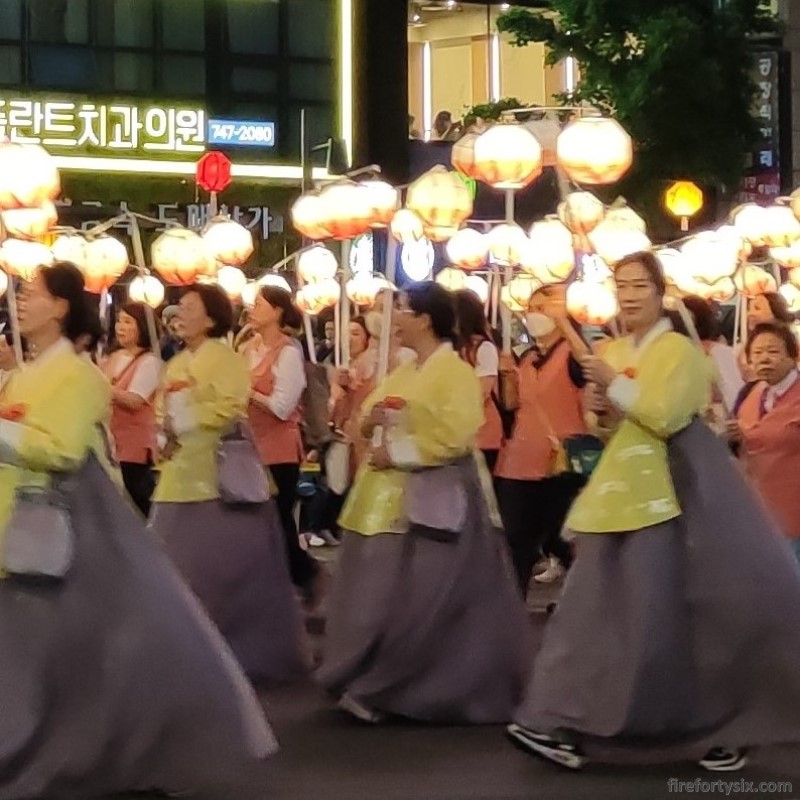
Another common theme was dragons. Many different interpretations made multiple guest appearances throughout the night.
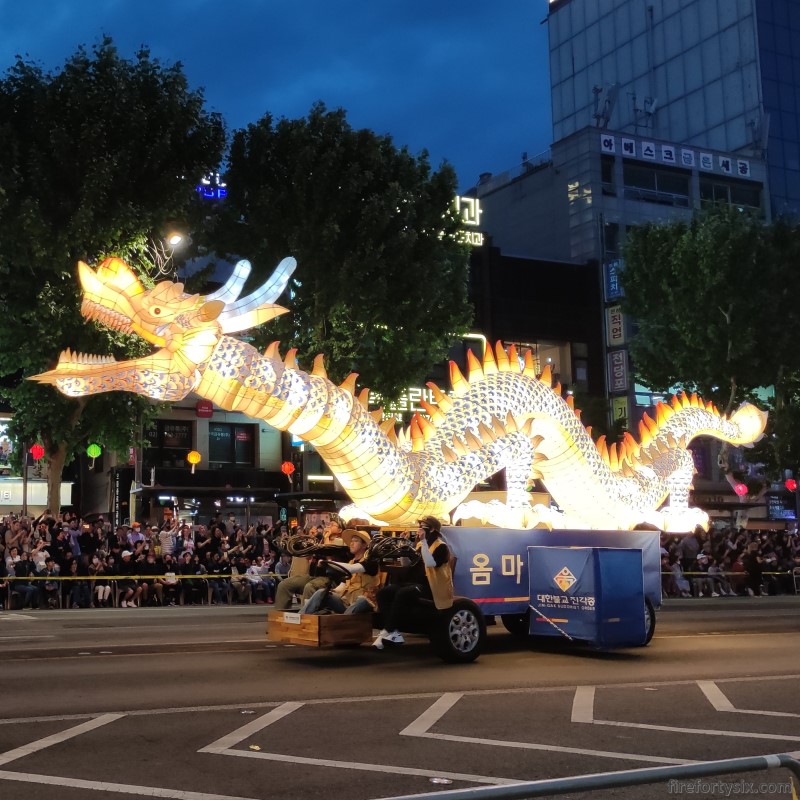
Like this impressively large dragon ship, mounted on a makeshift vehicle and carefully driven down the parade.
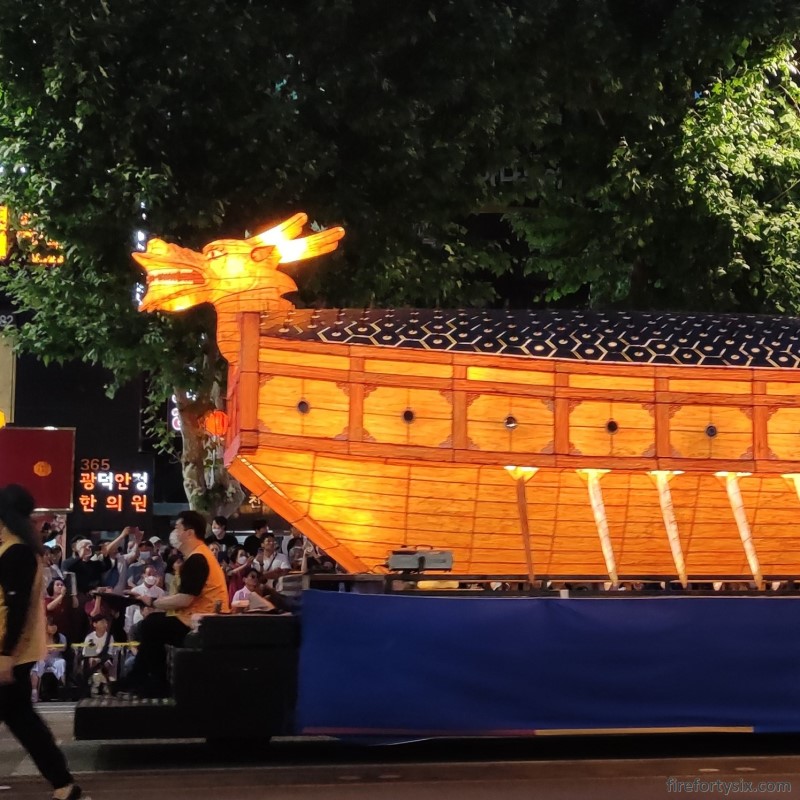
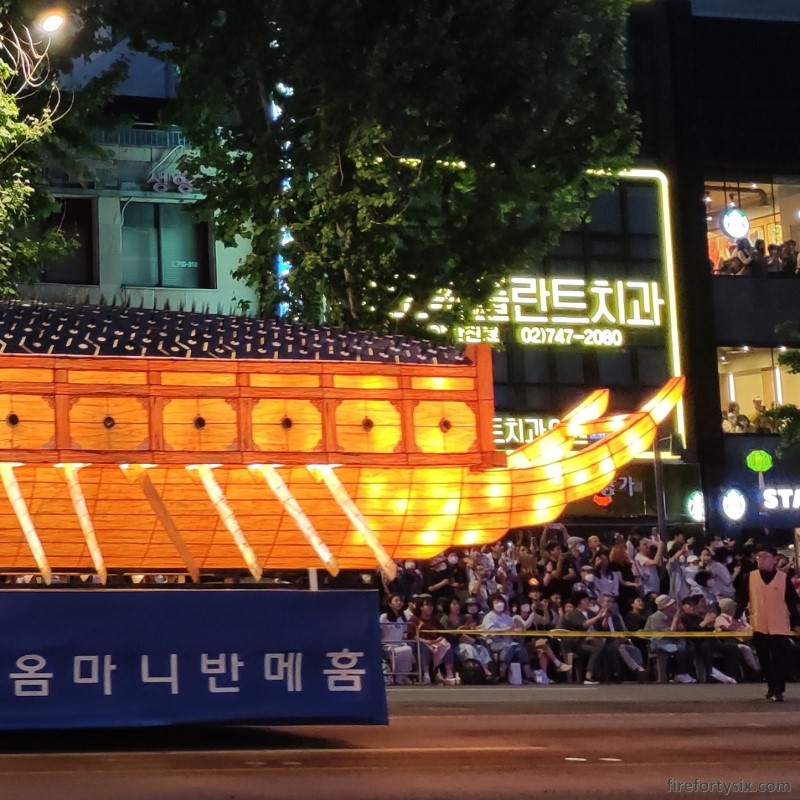
And its less high-tech counterpart, powered by more than a dozen pair of legs. Similar to the dragon dance commonly seen during Chinese New Year celebrations, but larger and longer.
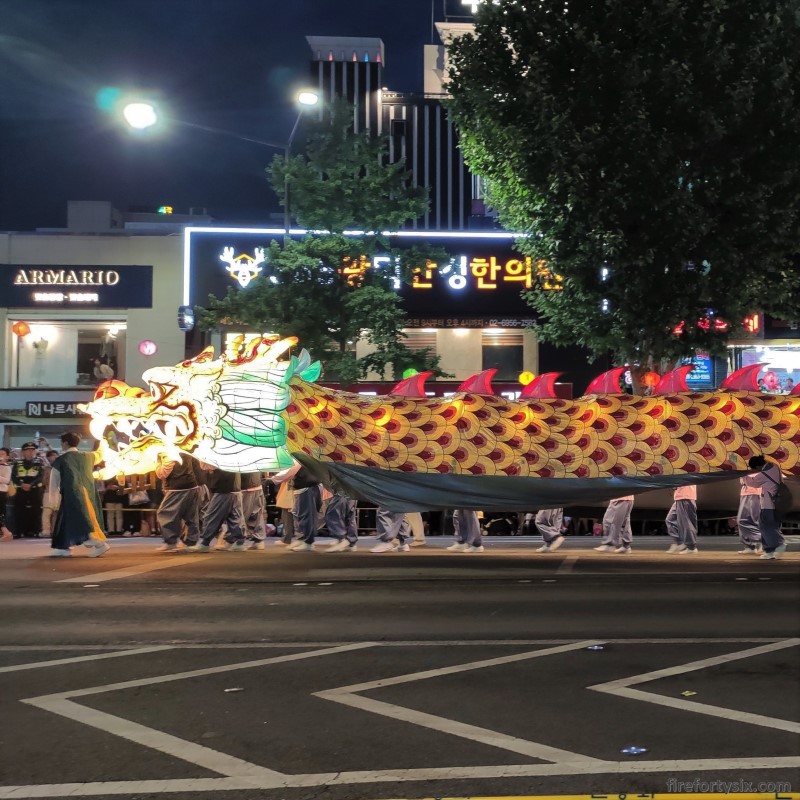
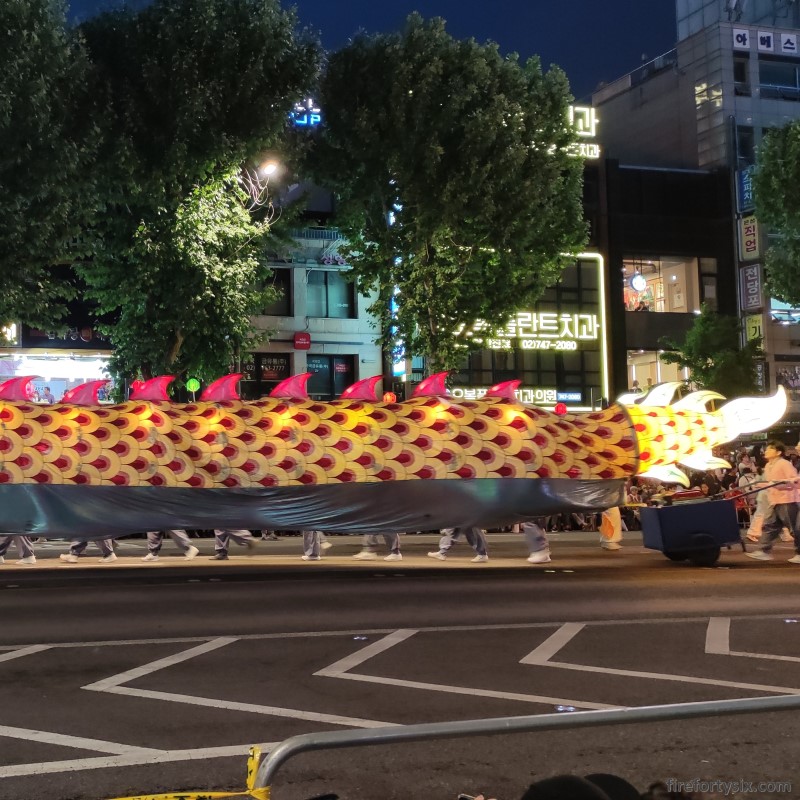
We stayed to watch the parade for more than an hour, but decided to leave before the entire procession had passed through.
Given the sheer number of people who were there, we didn’t want to deal with the inevitable post-parade crowd, all rushing into the subway station at the same time.
The Lotus Lantern Parade was quite an experience, and definitely worth watching at least once. Dates for 2024 are now available, and if you just happen to be in Seoul on Saturday 11 May 2024, you might want to consider spending a few hours there.
Just remember to get there before 6pm if you’re planning on getting seats.
